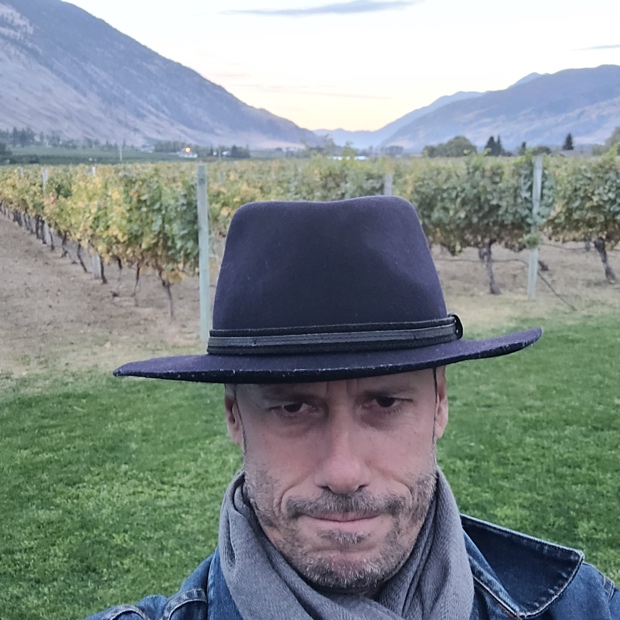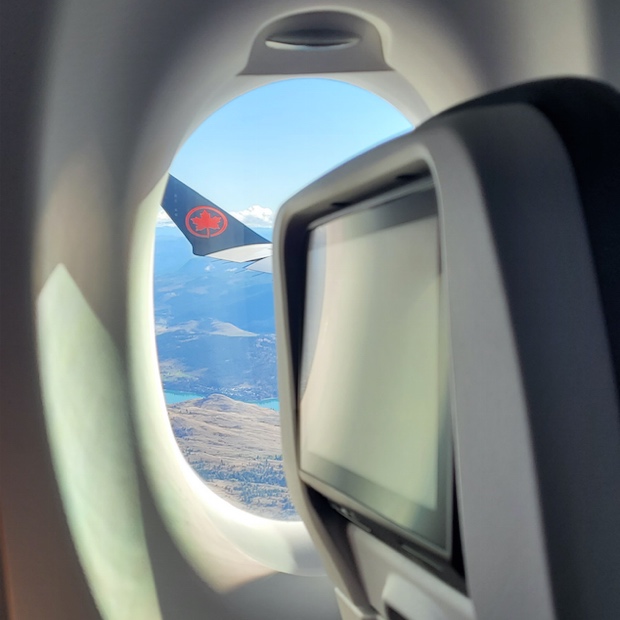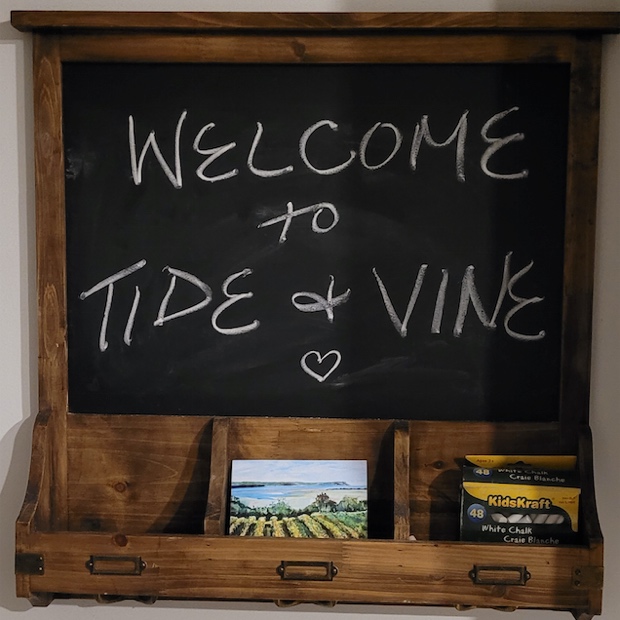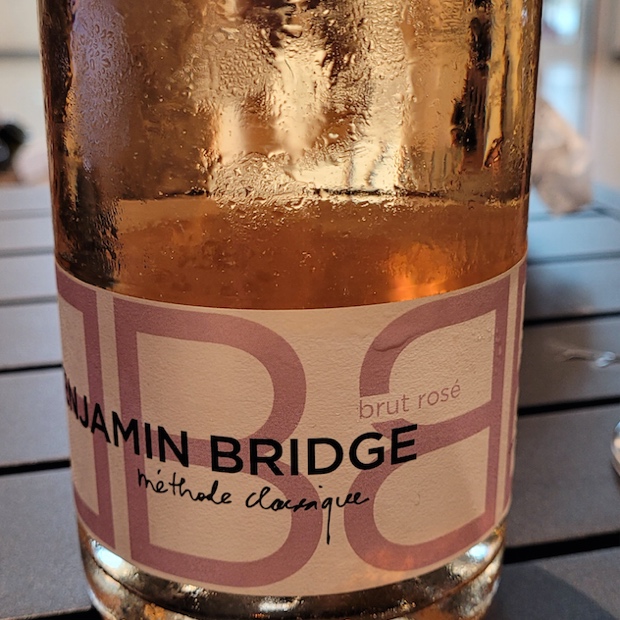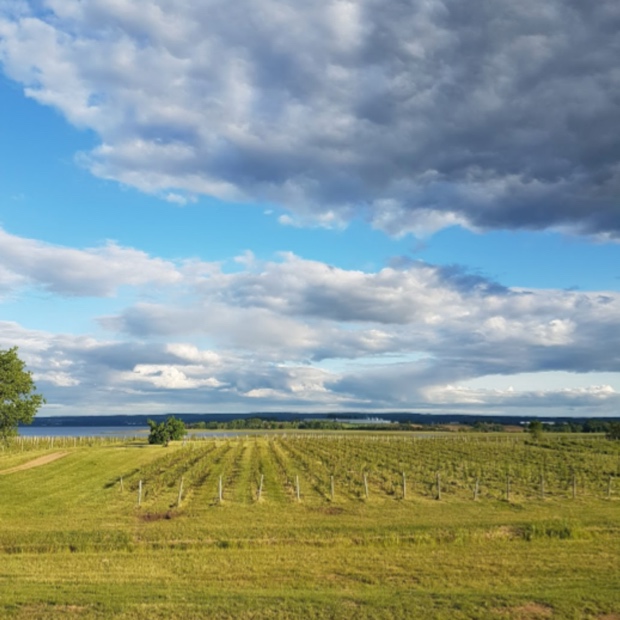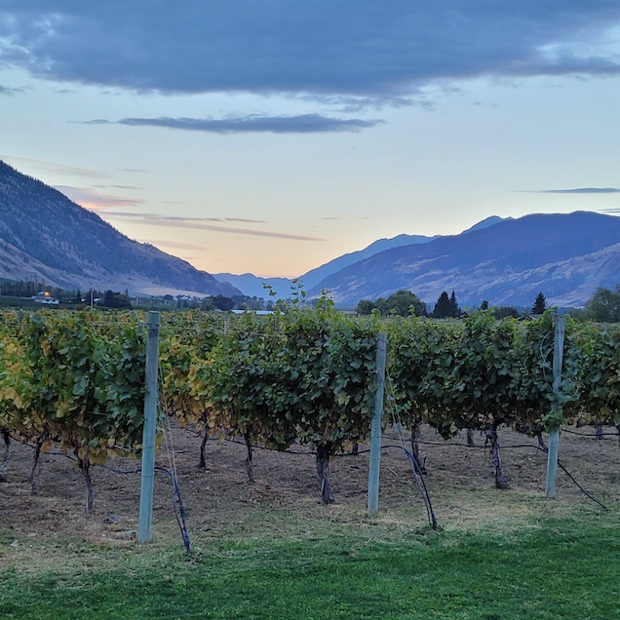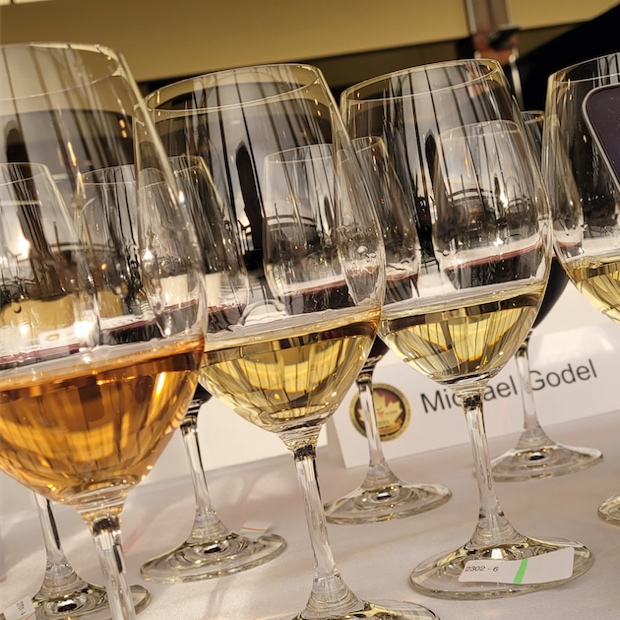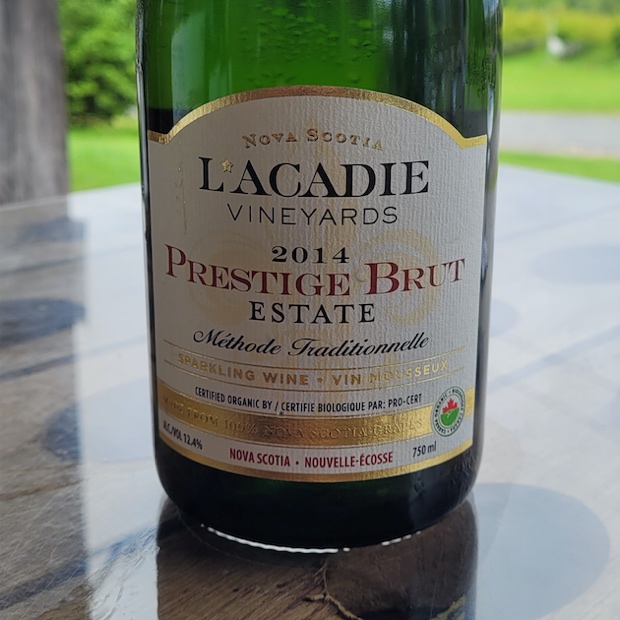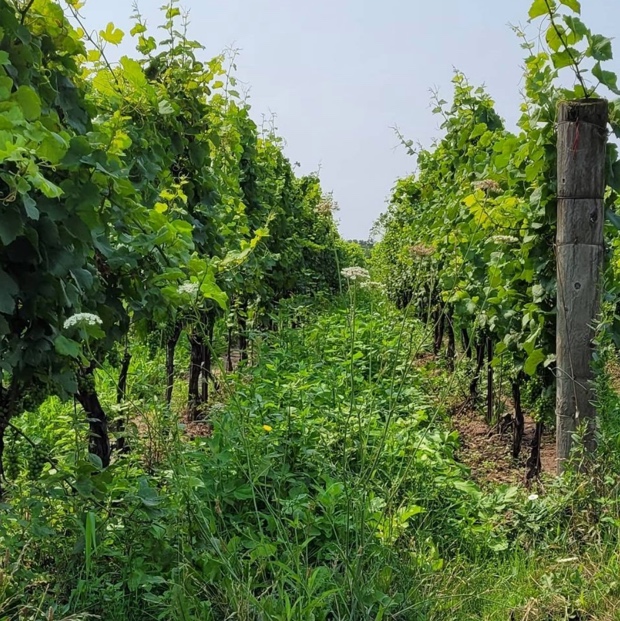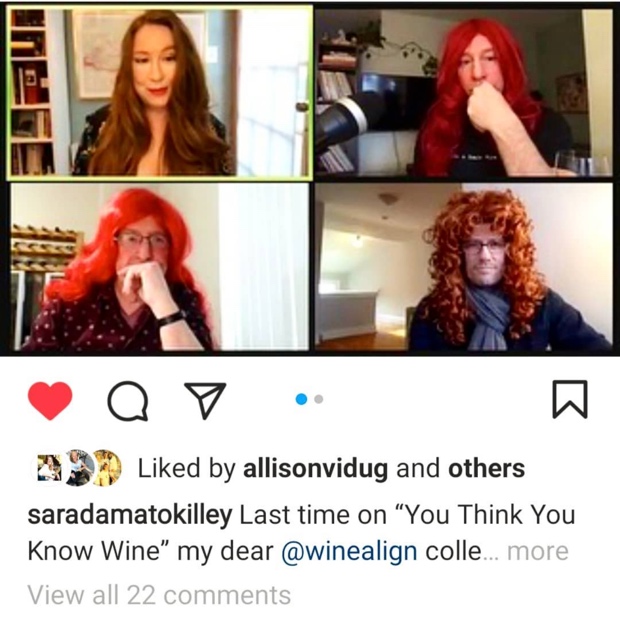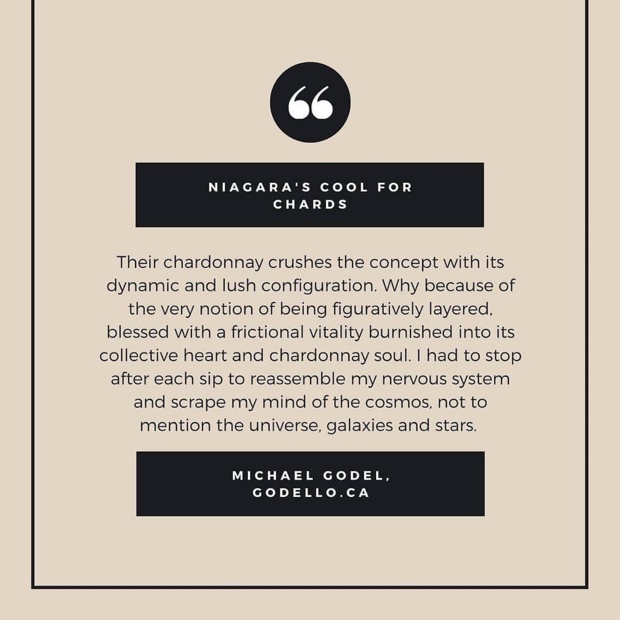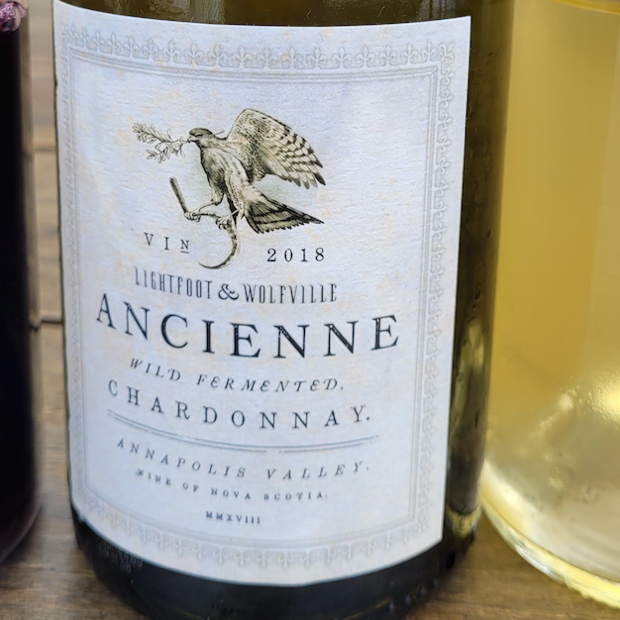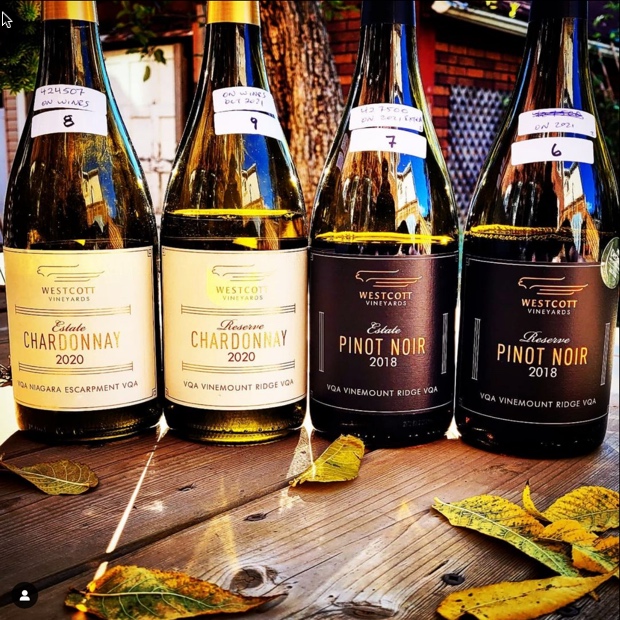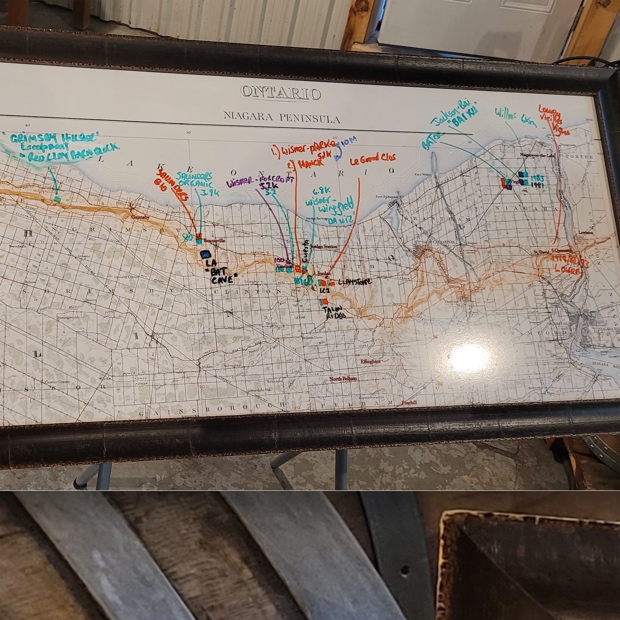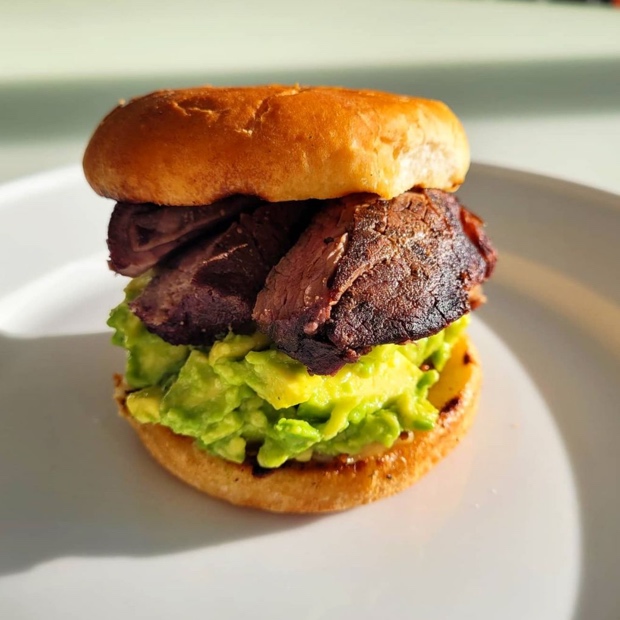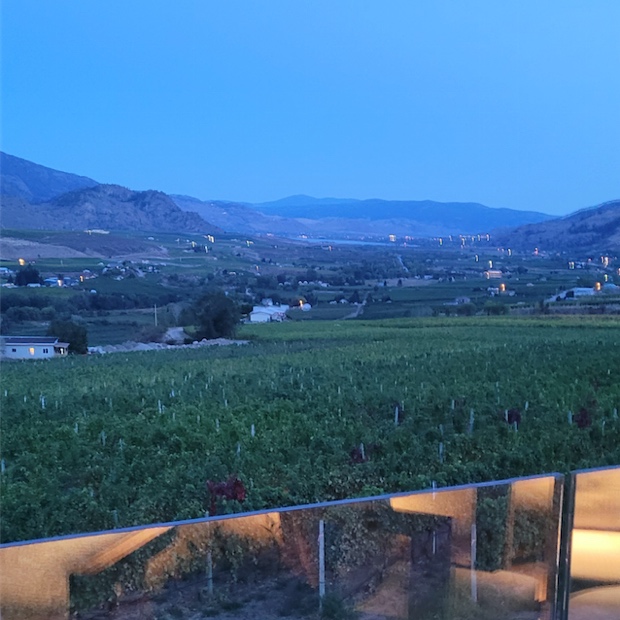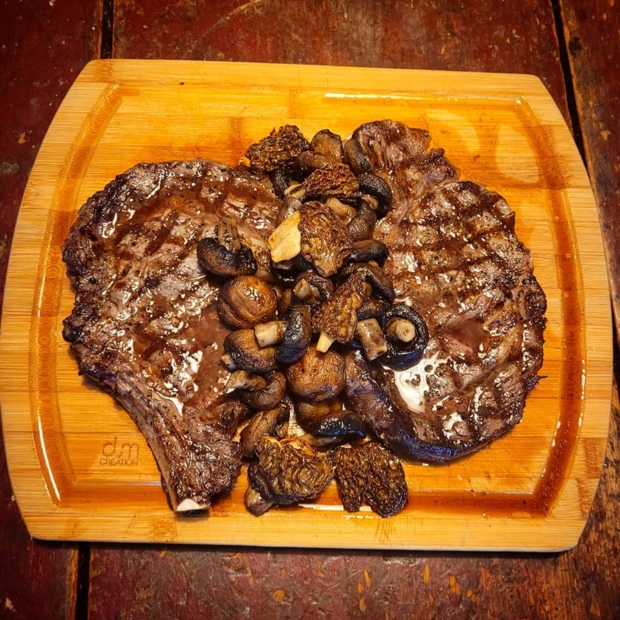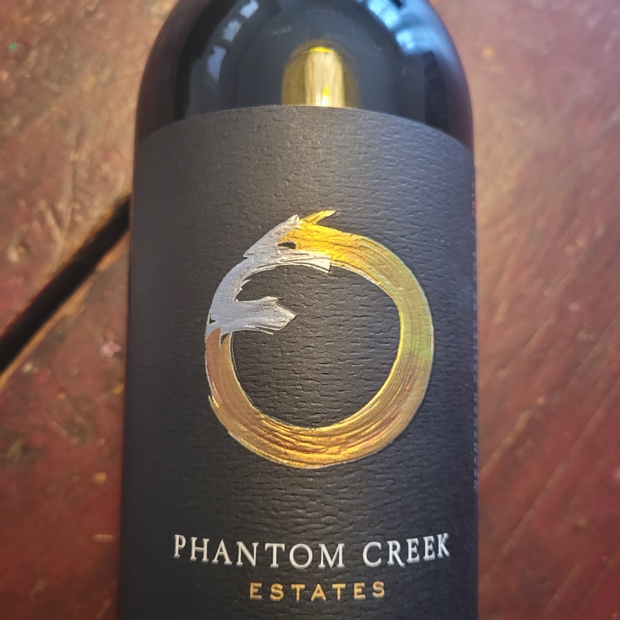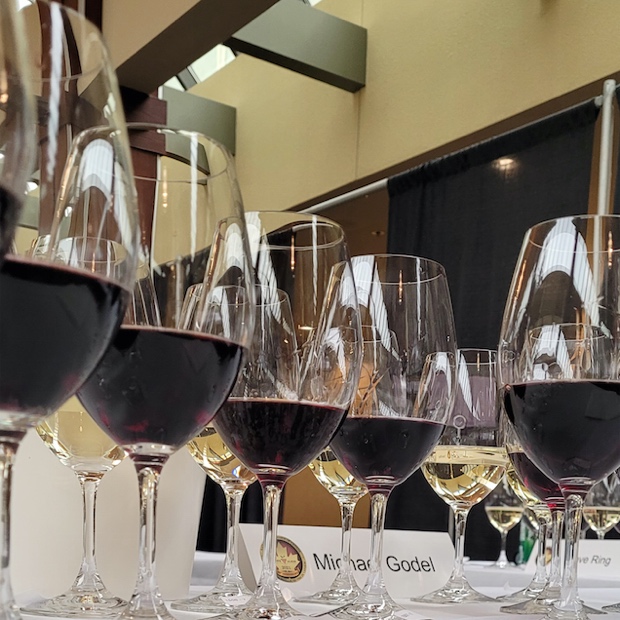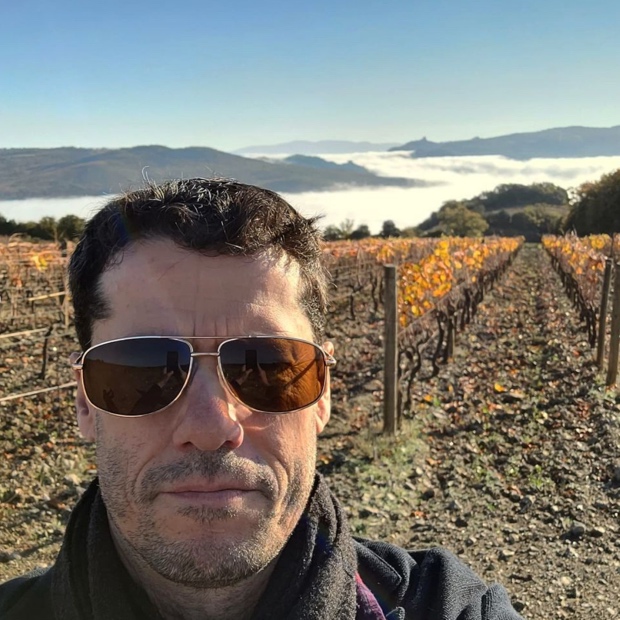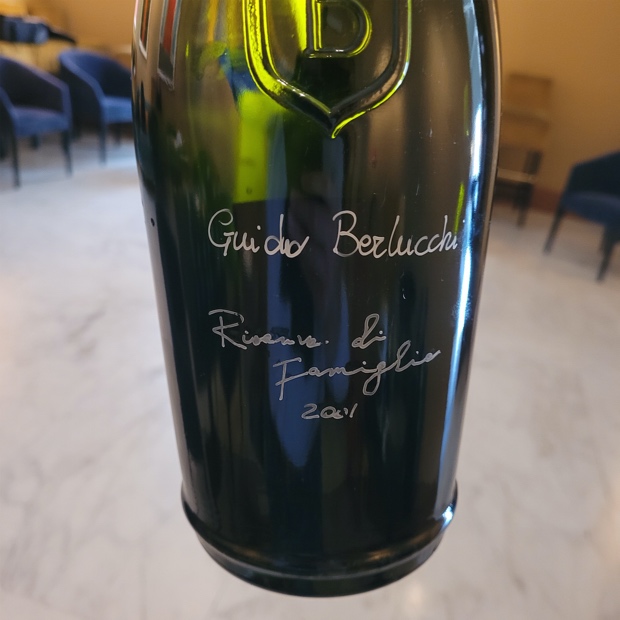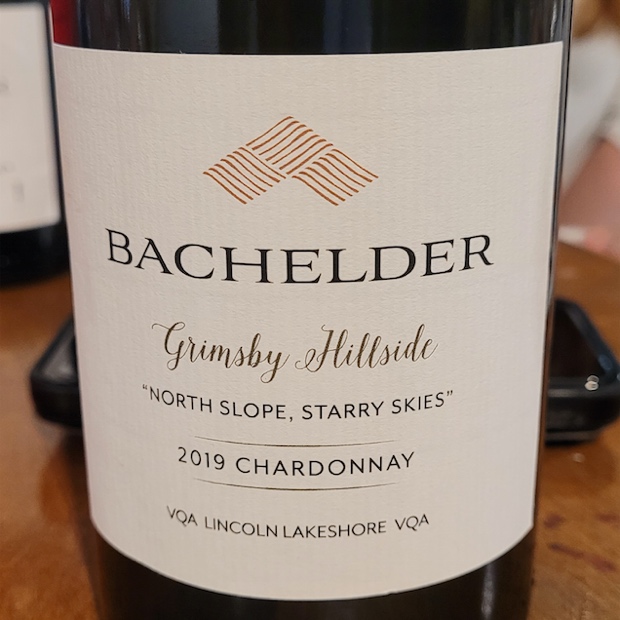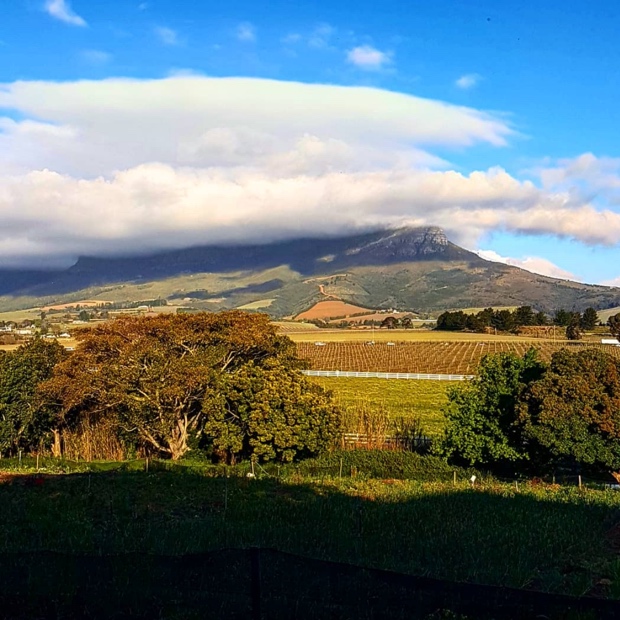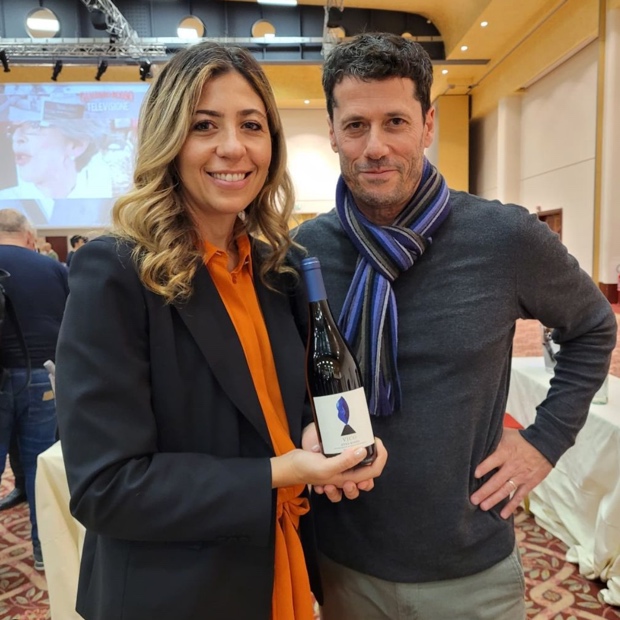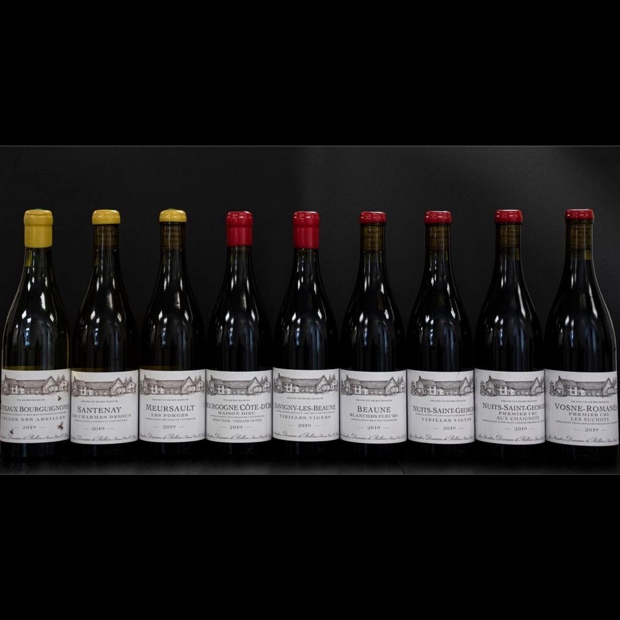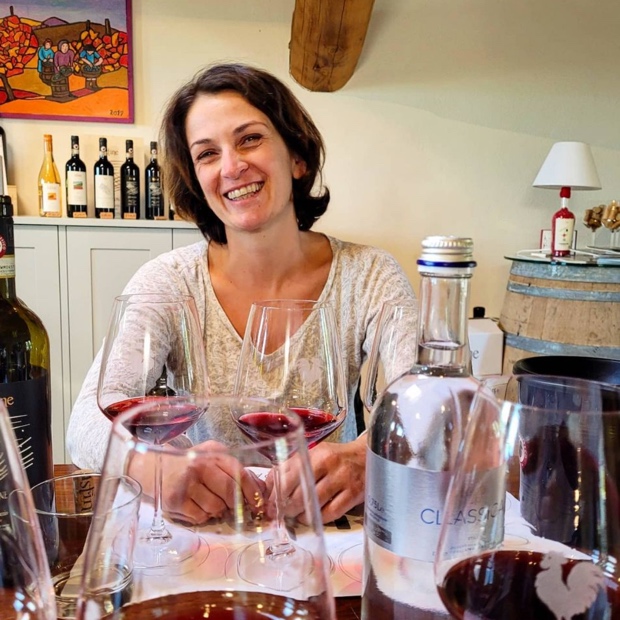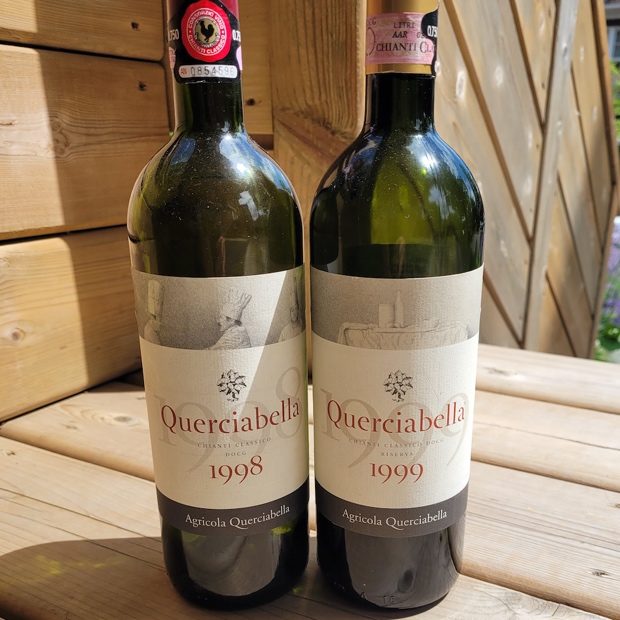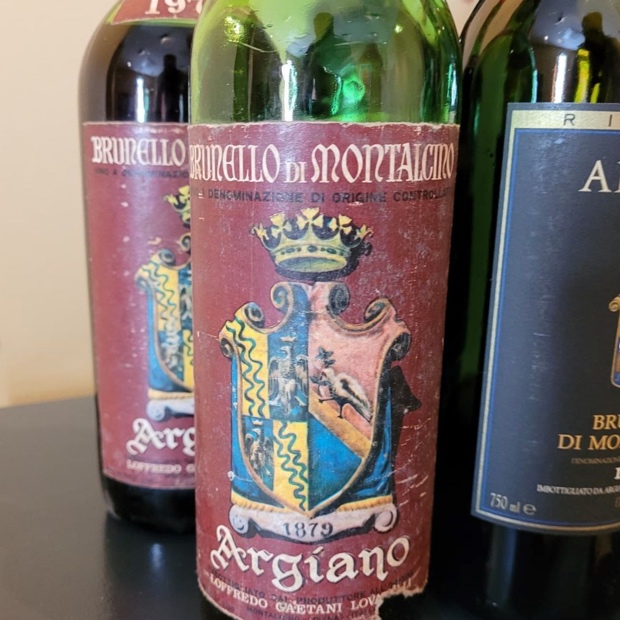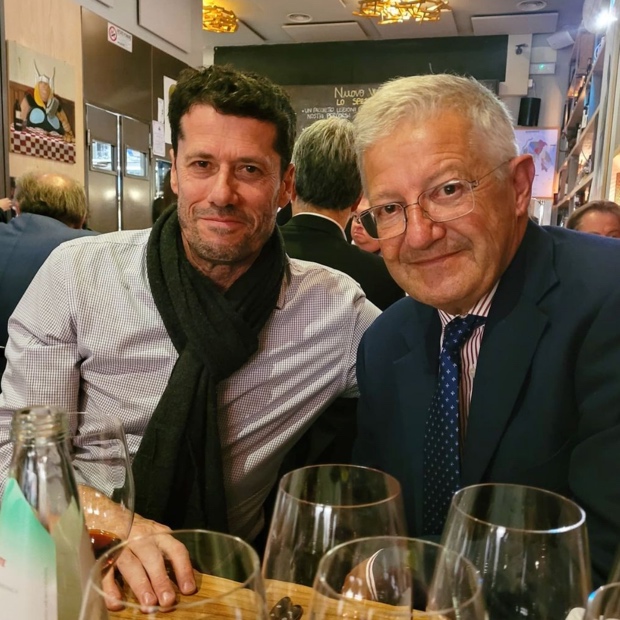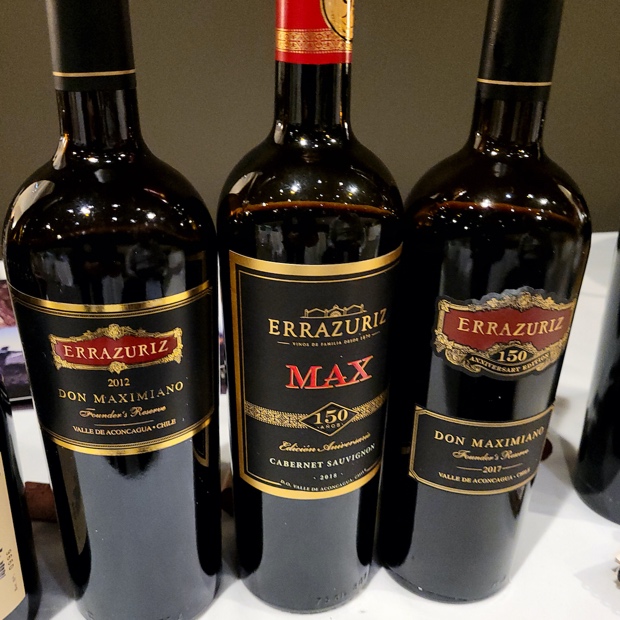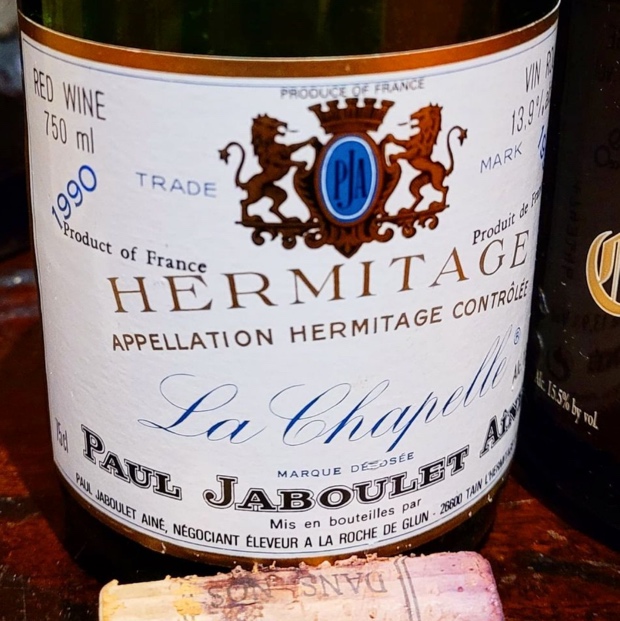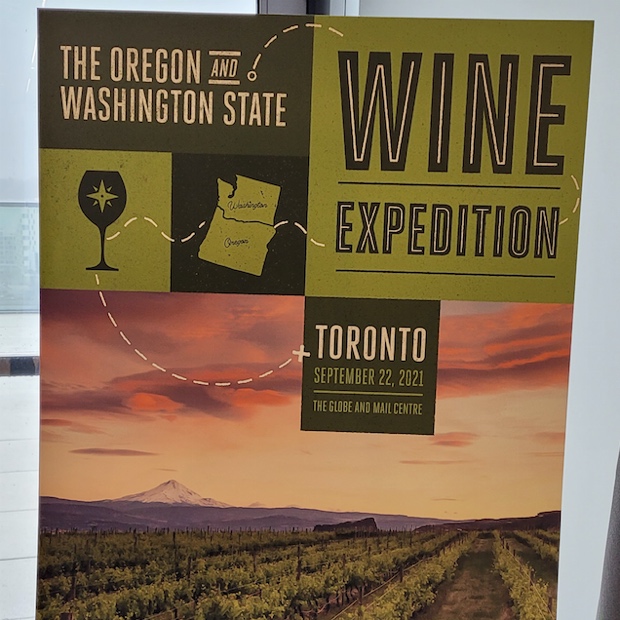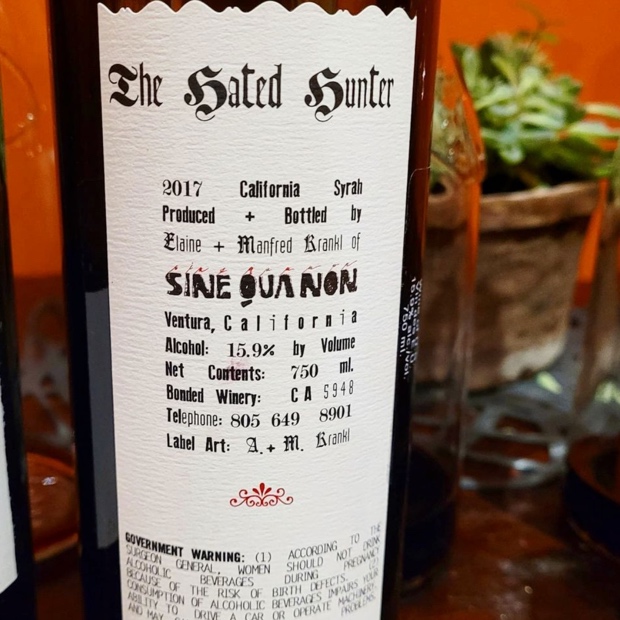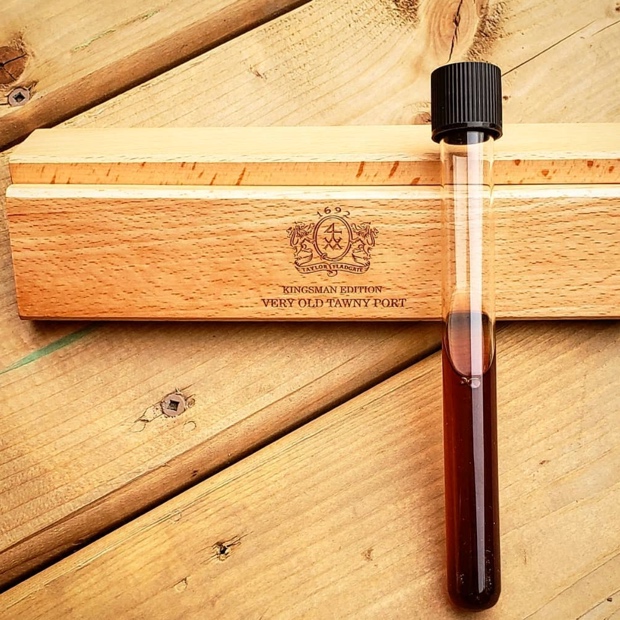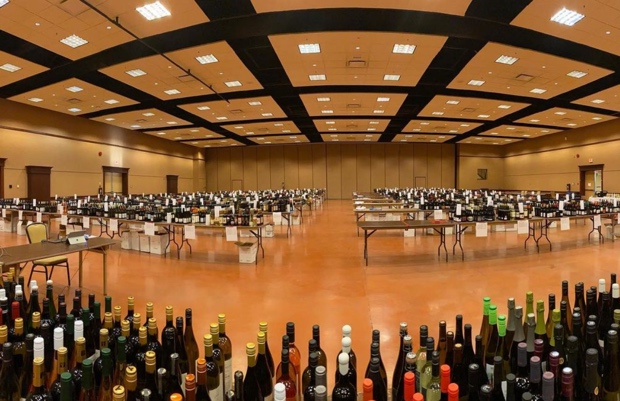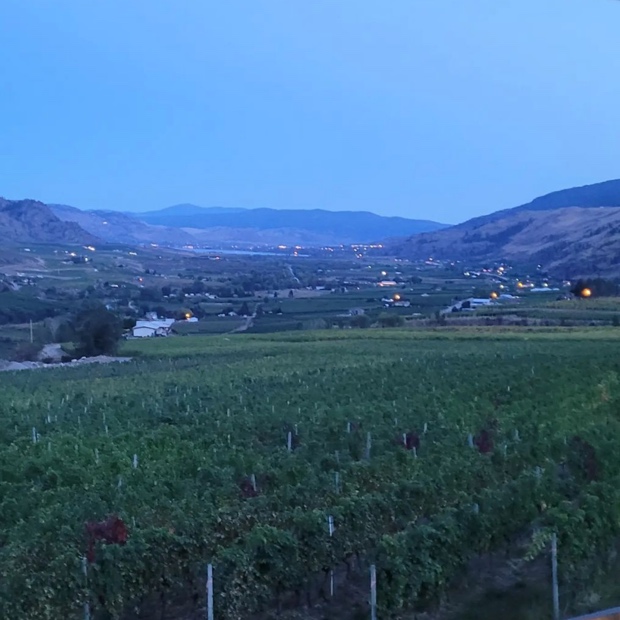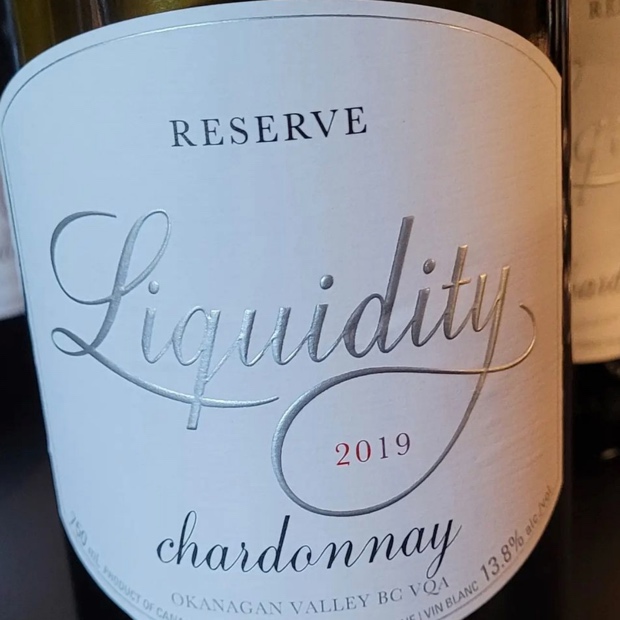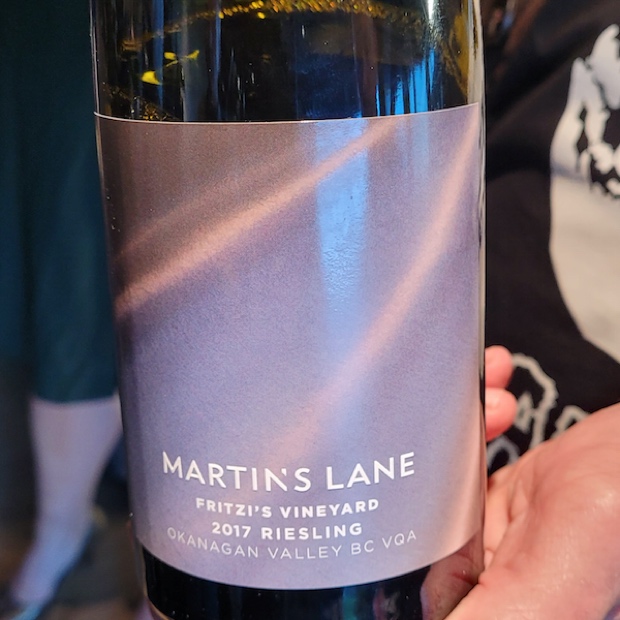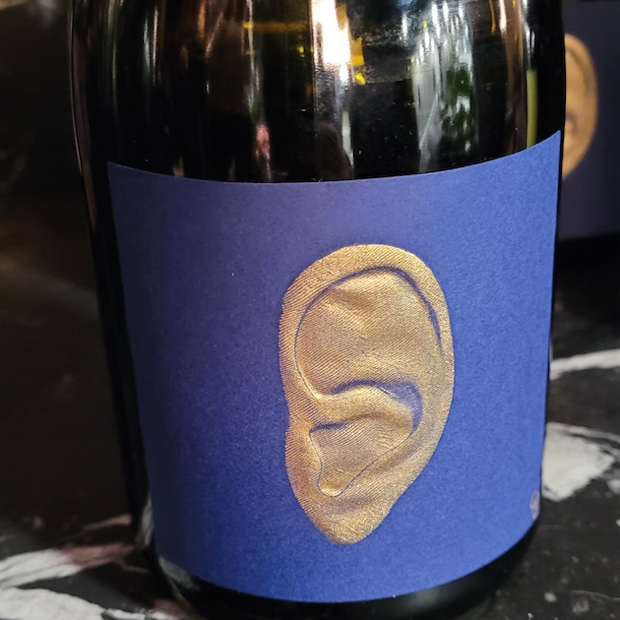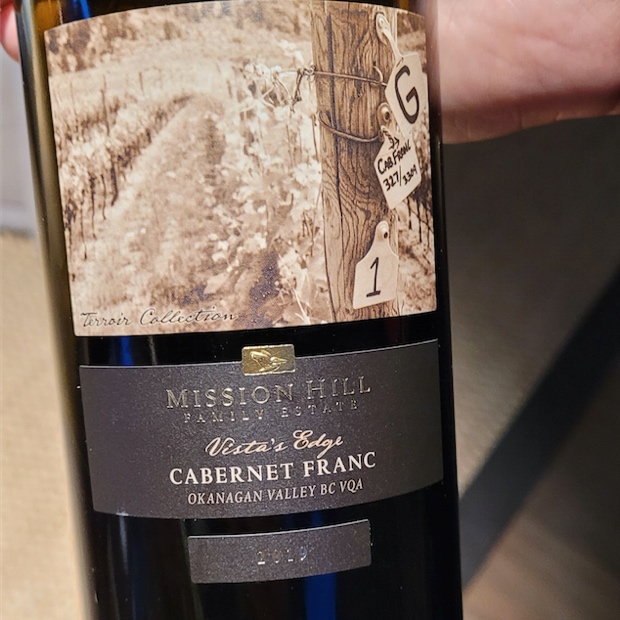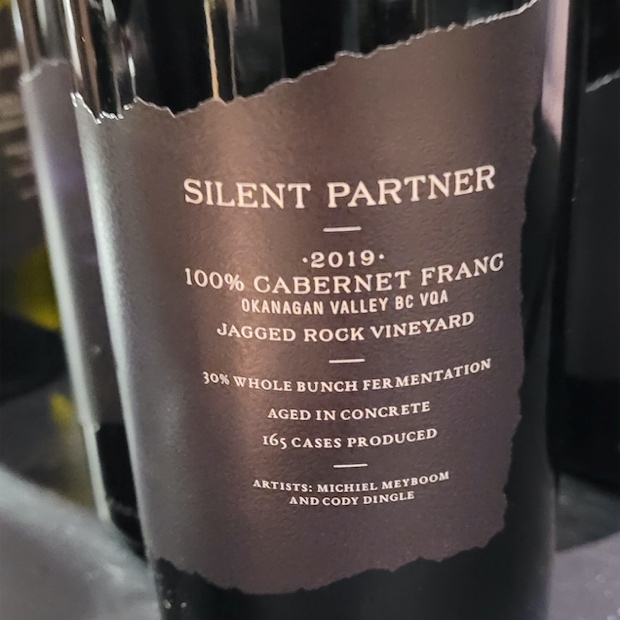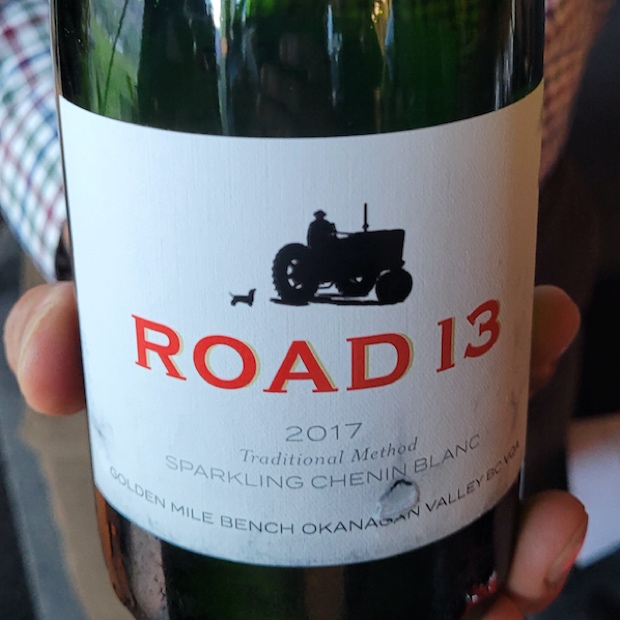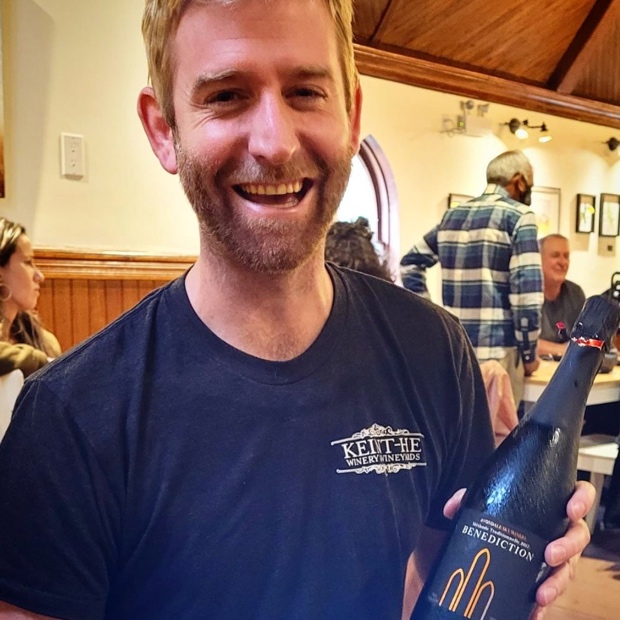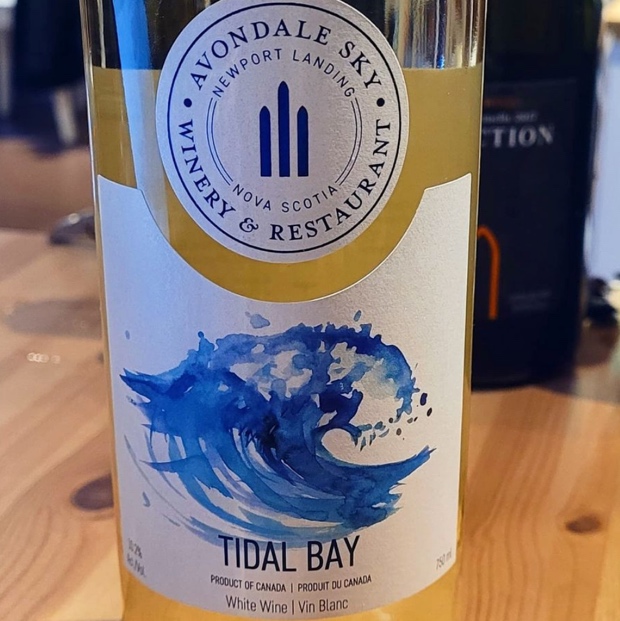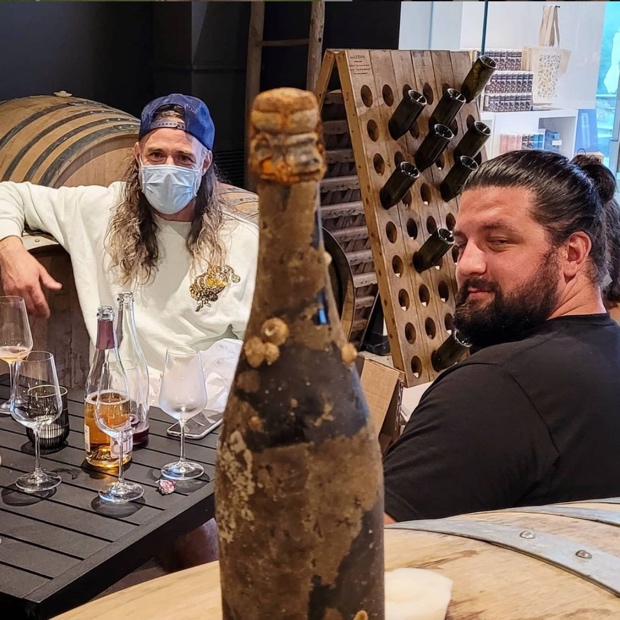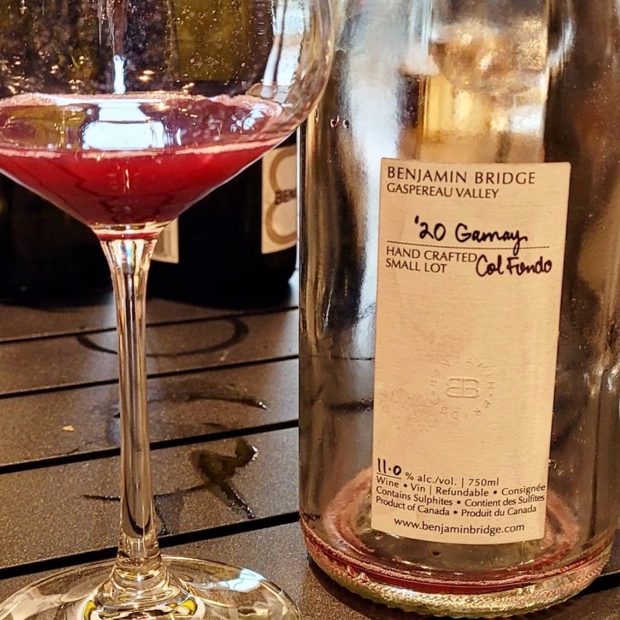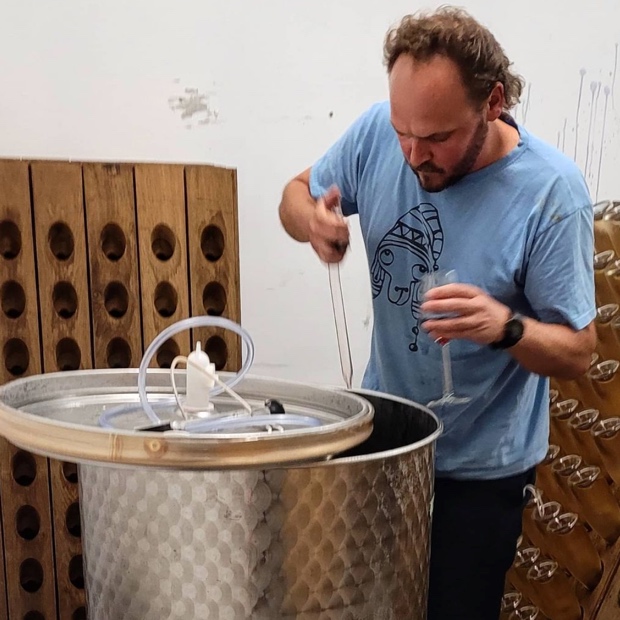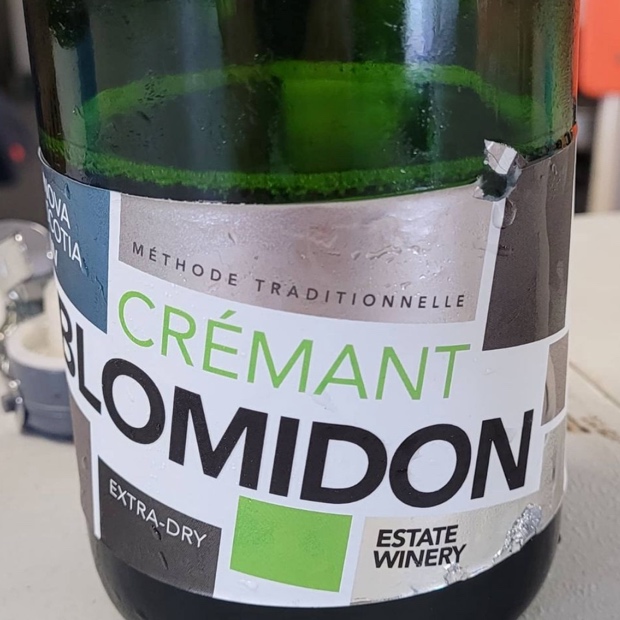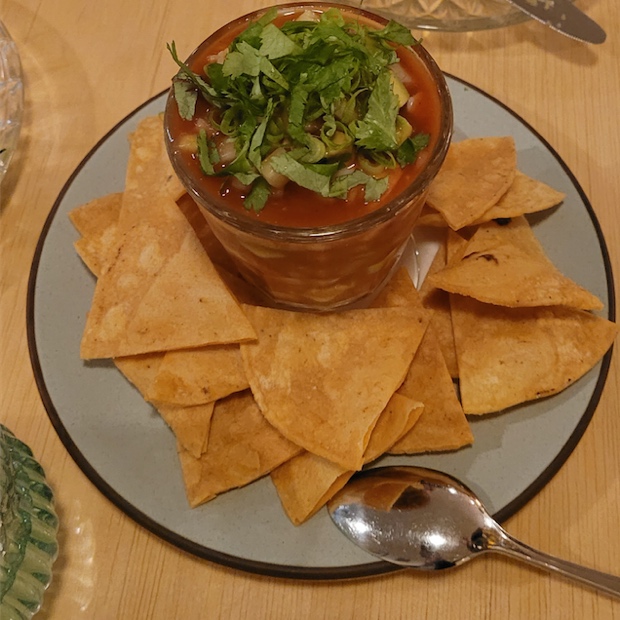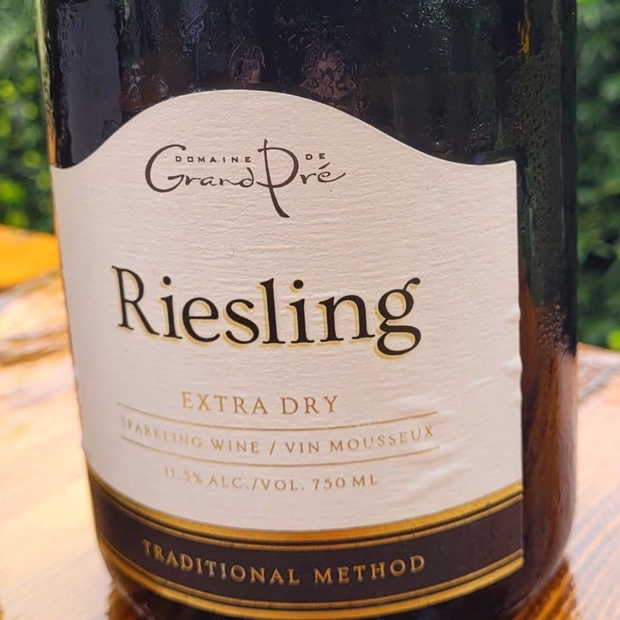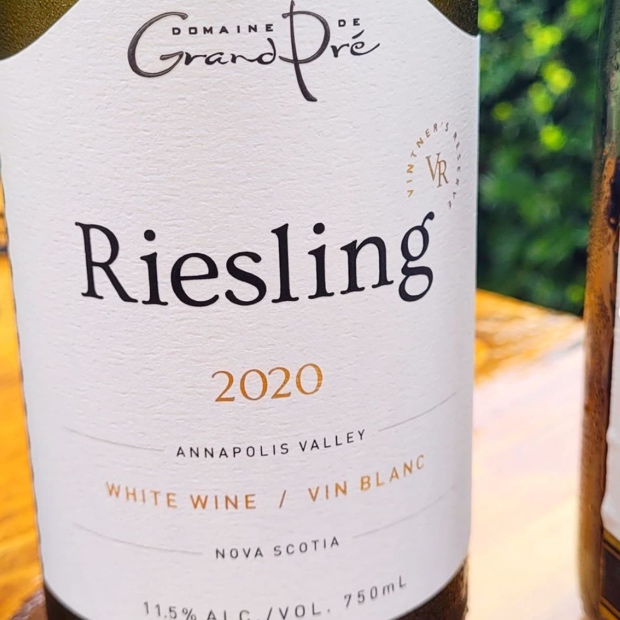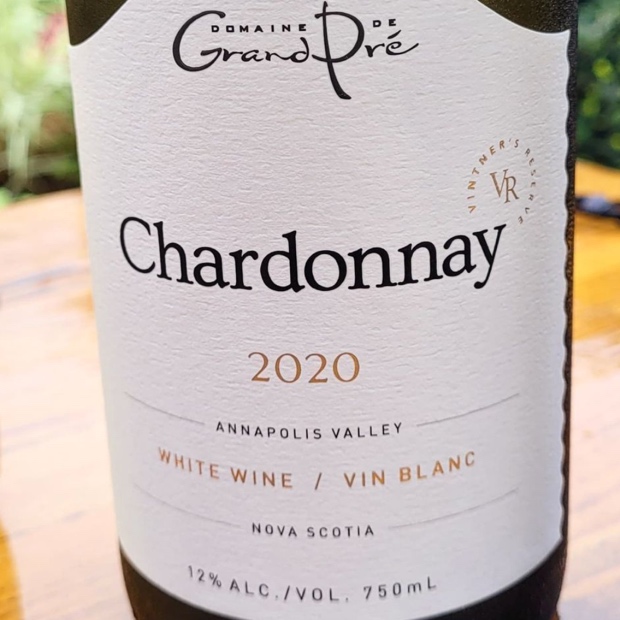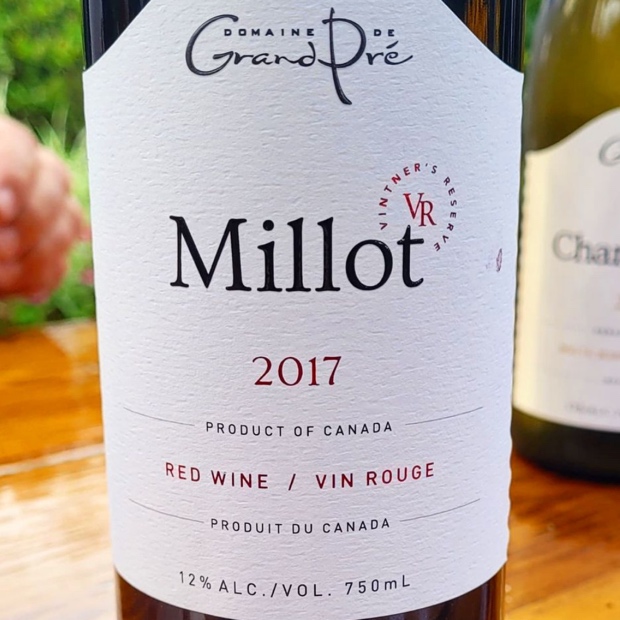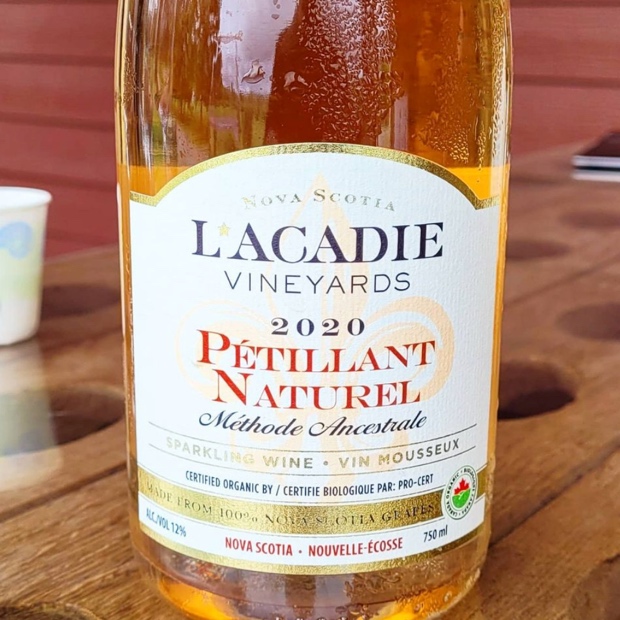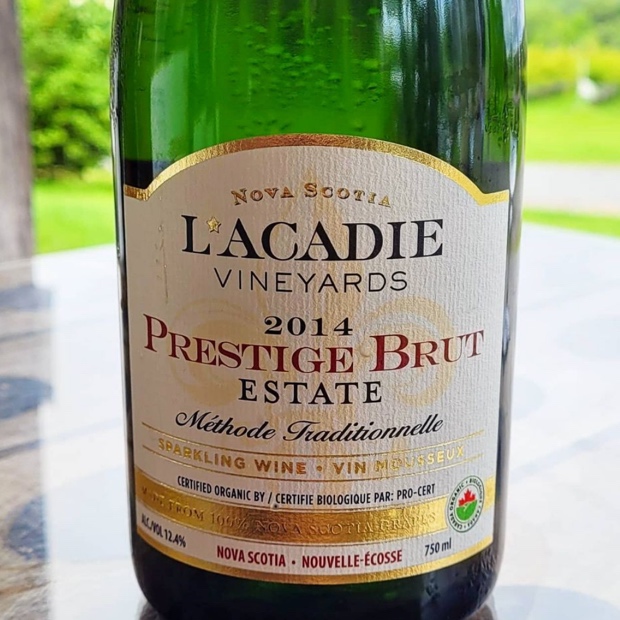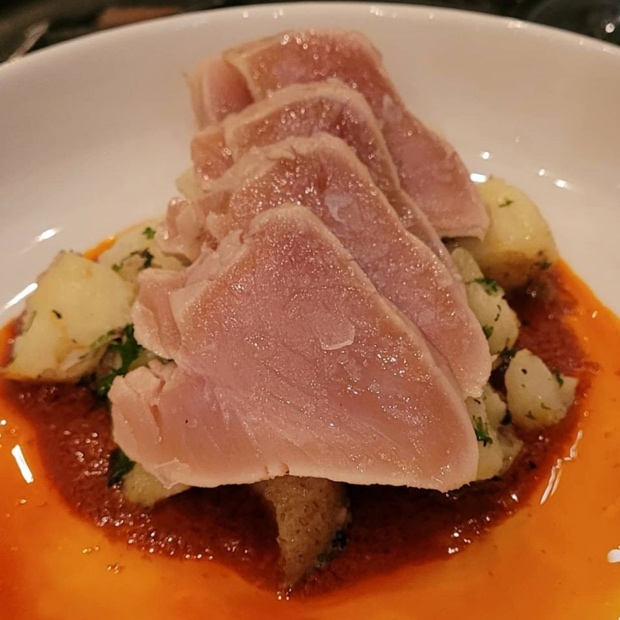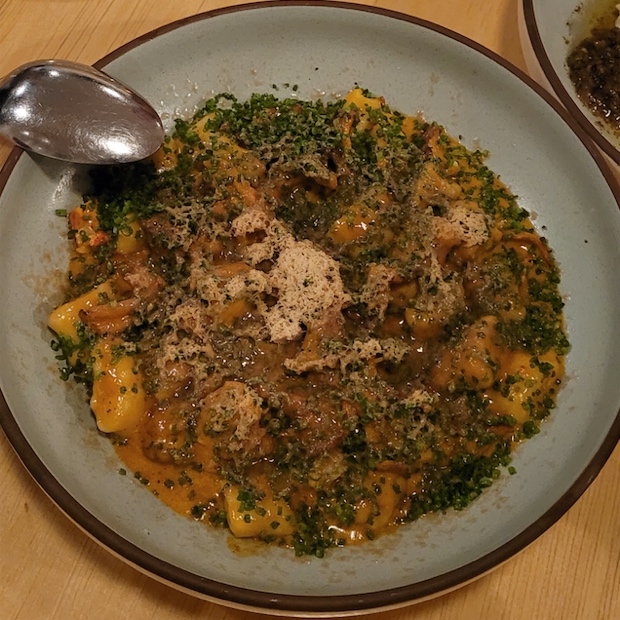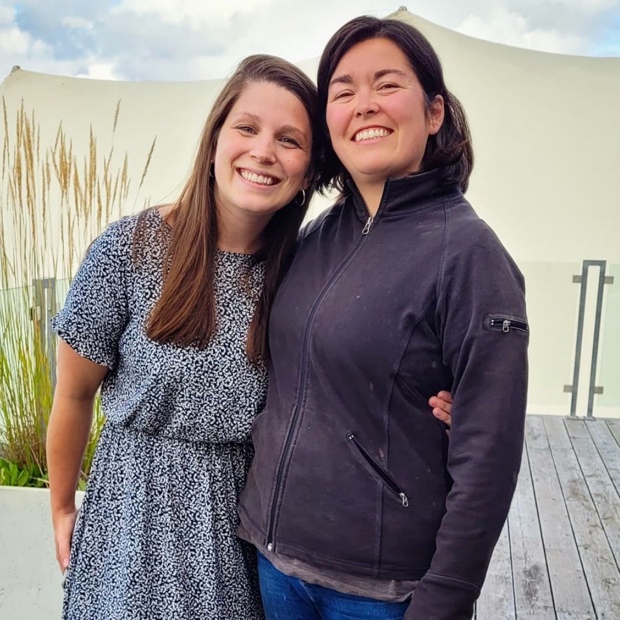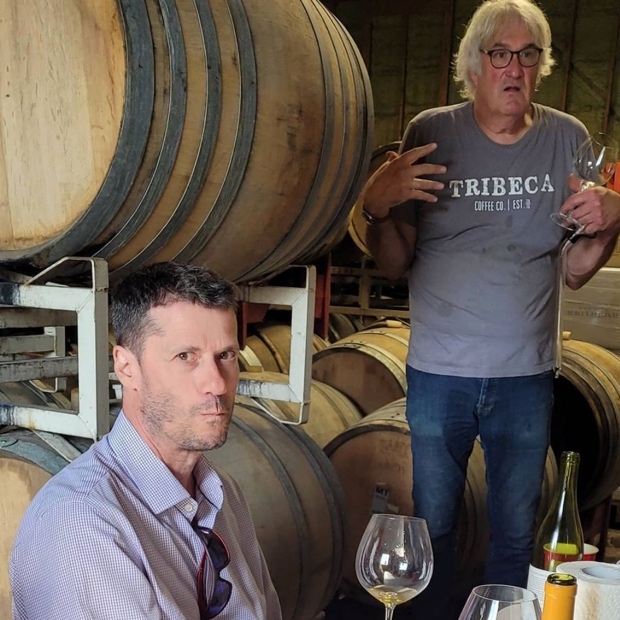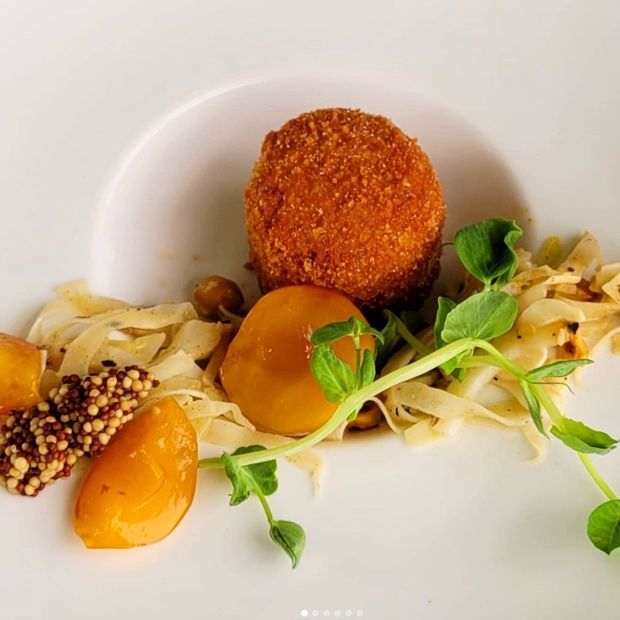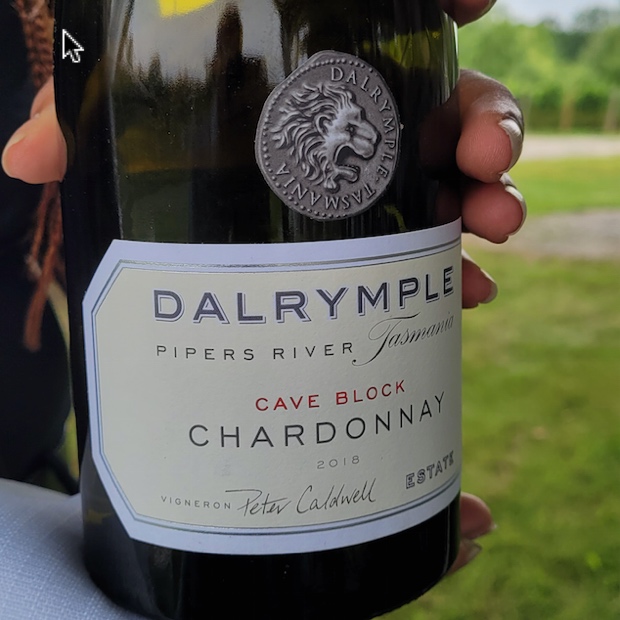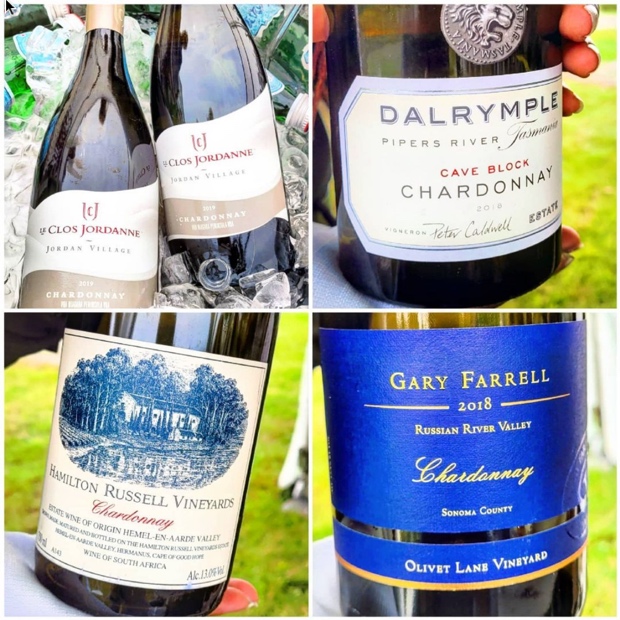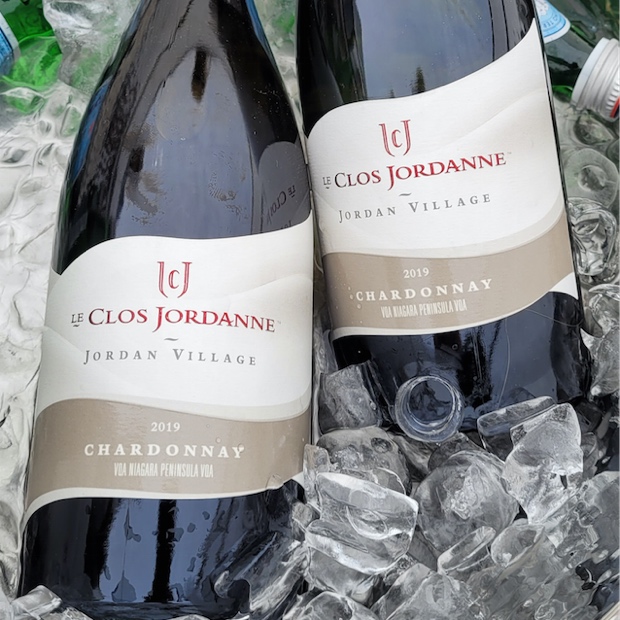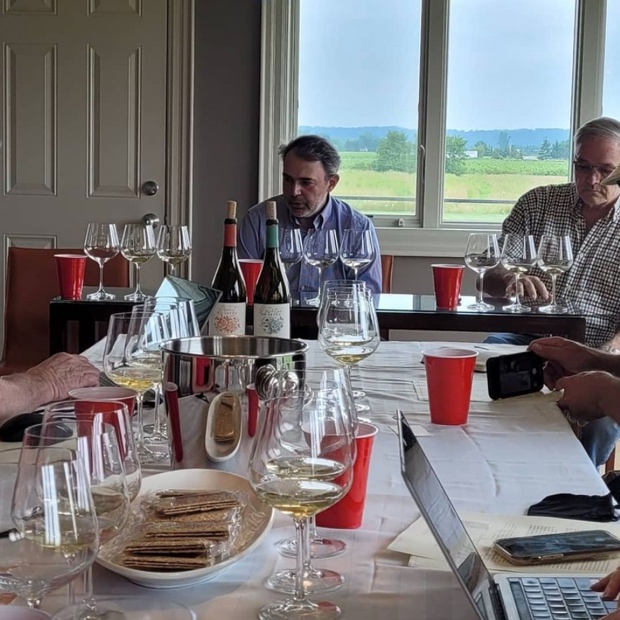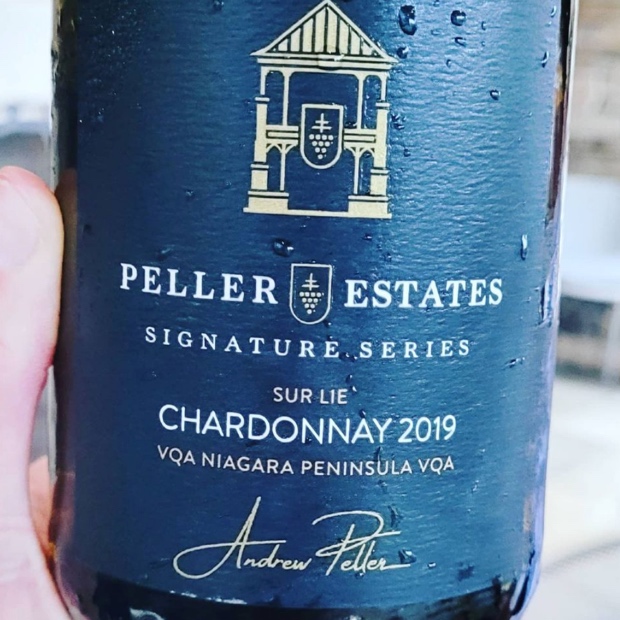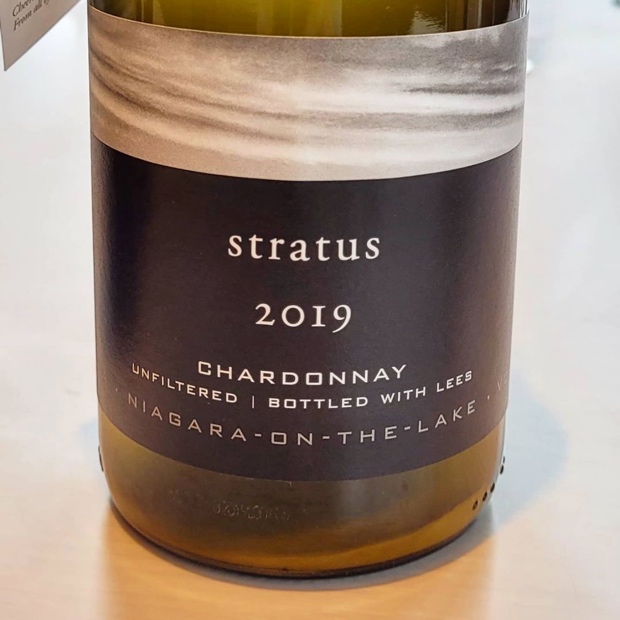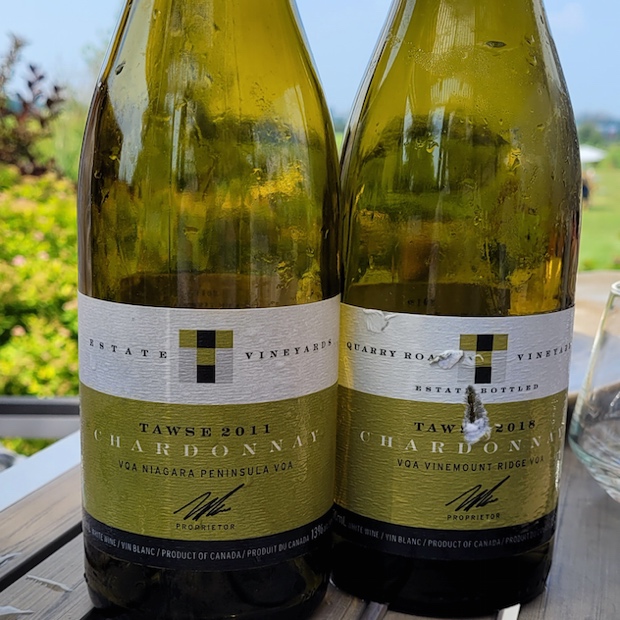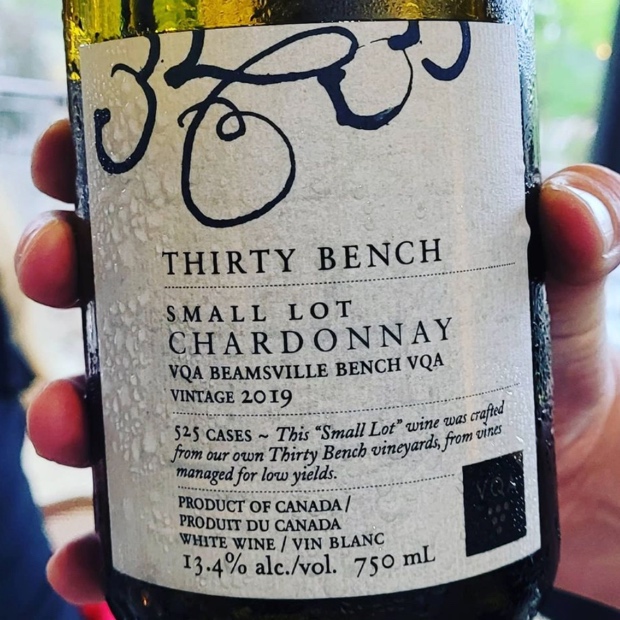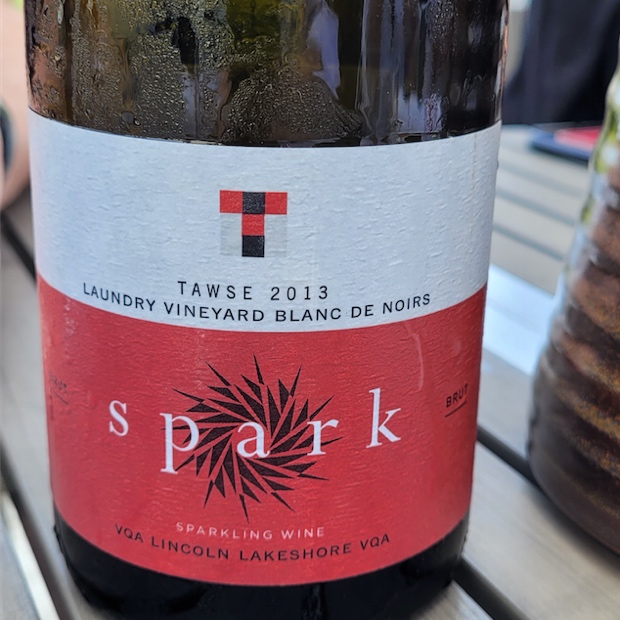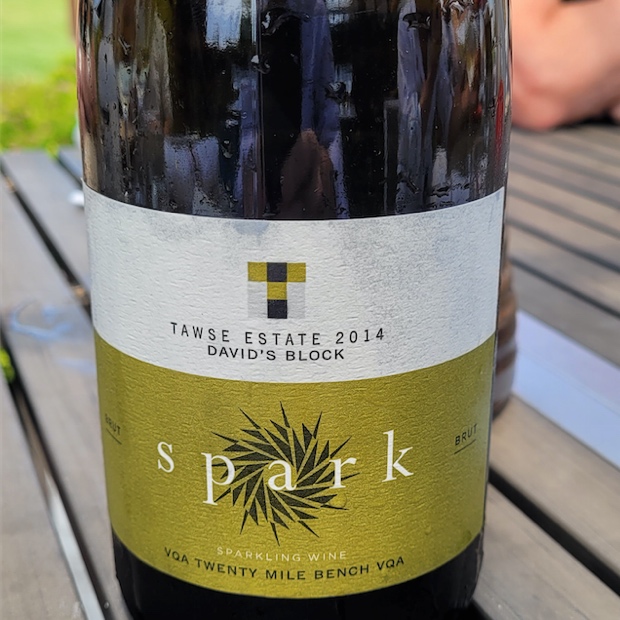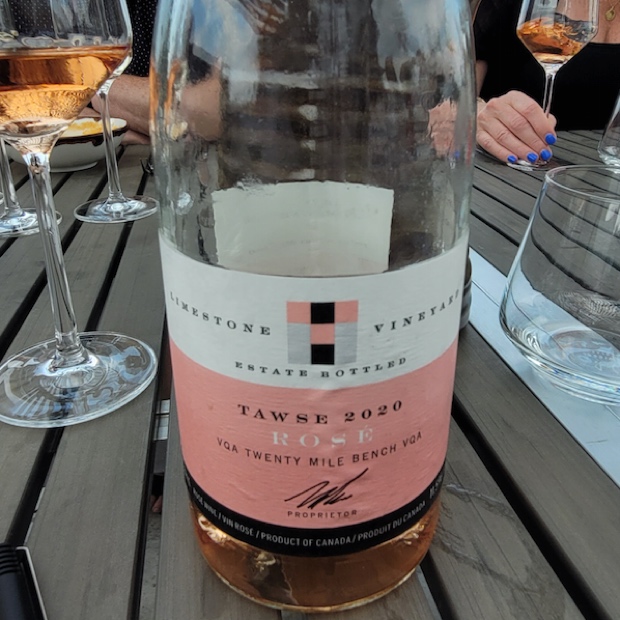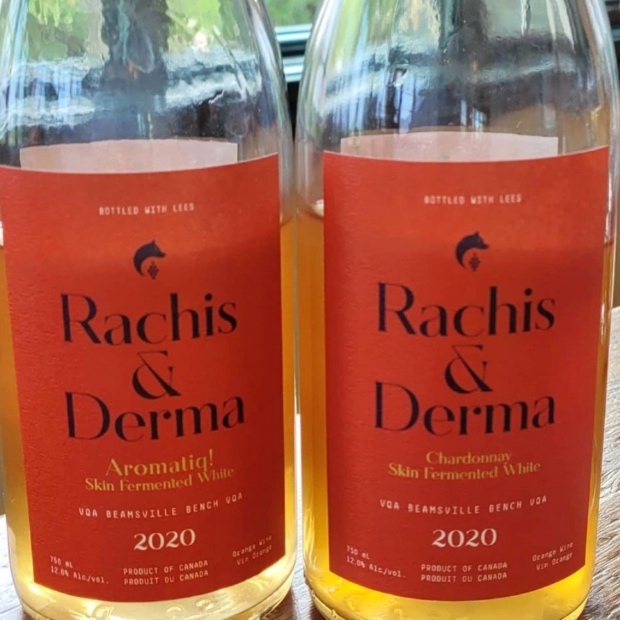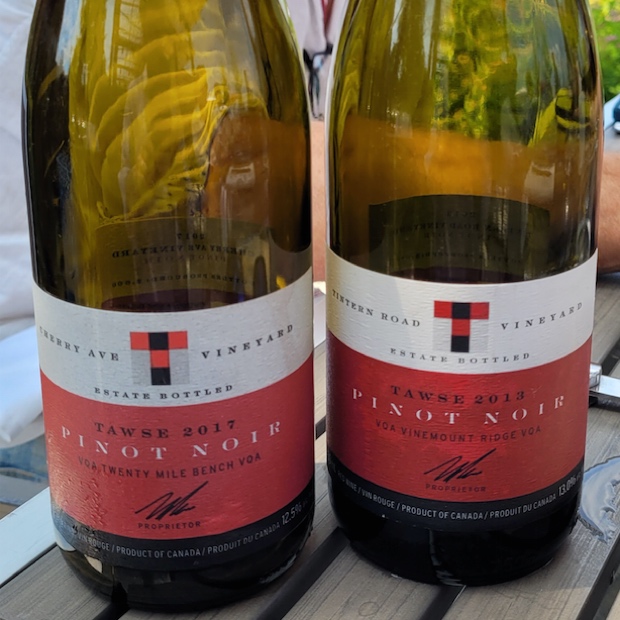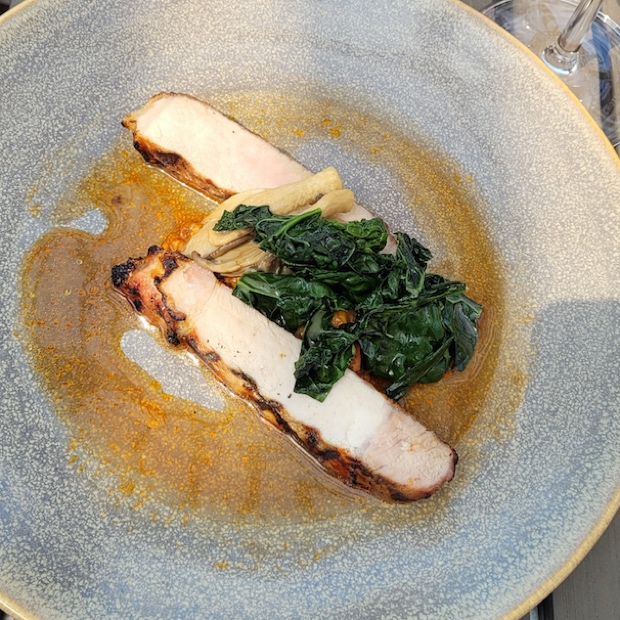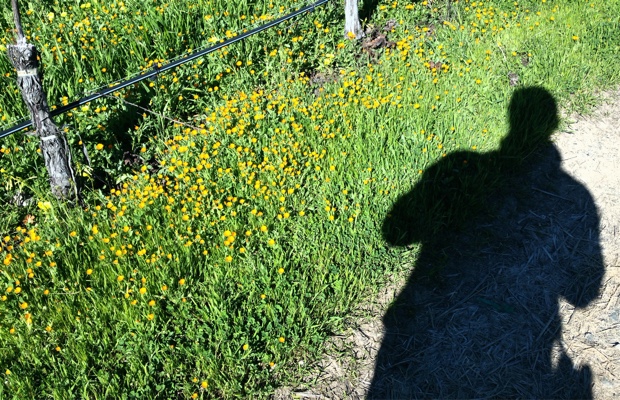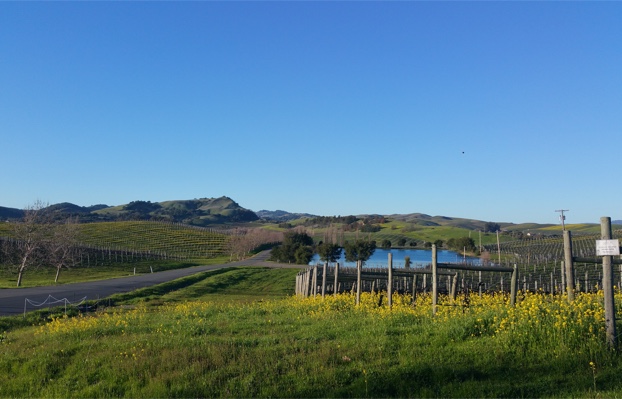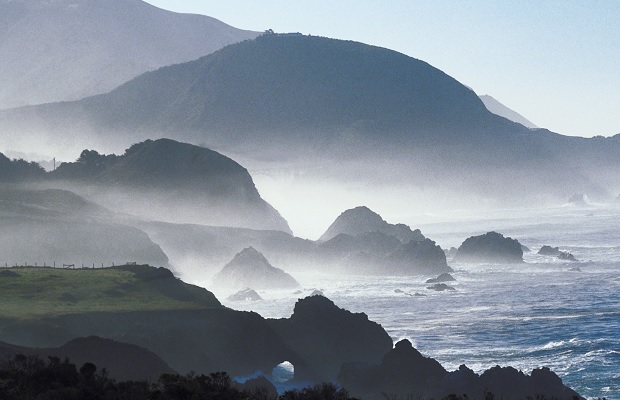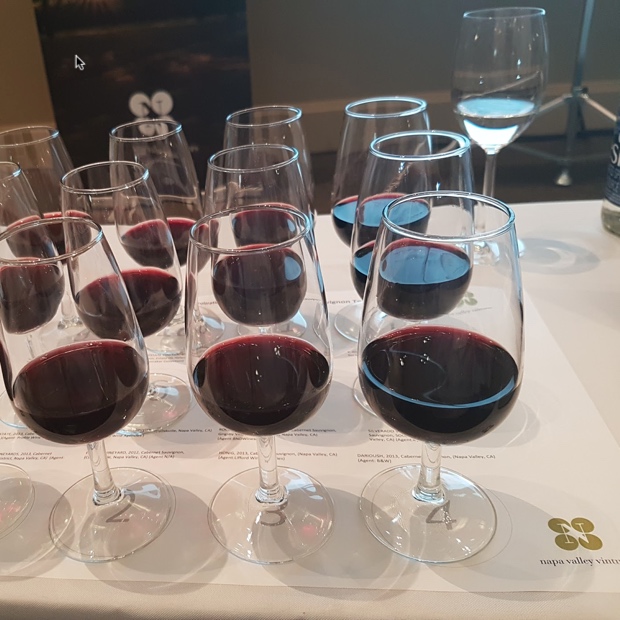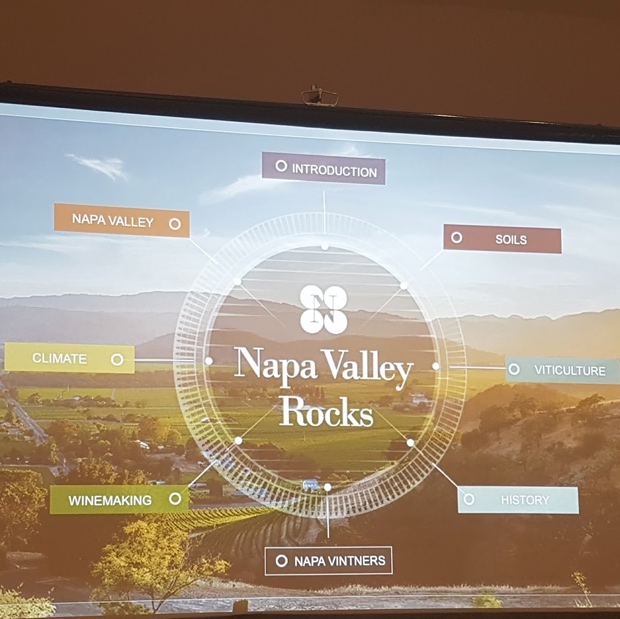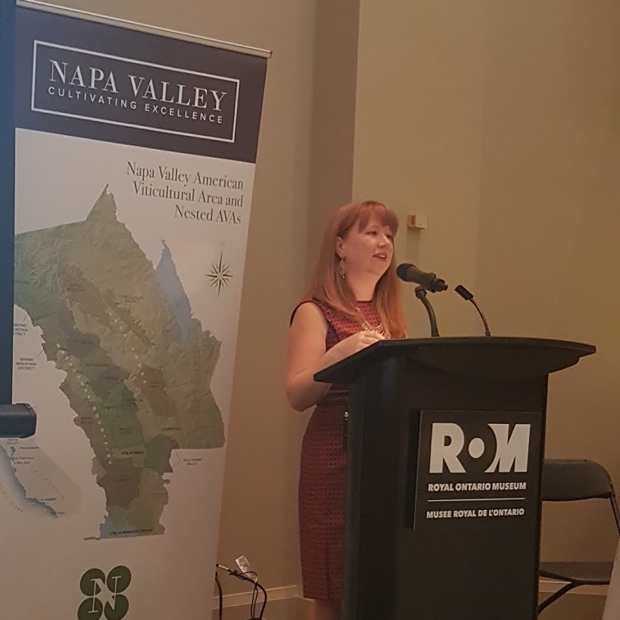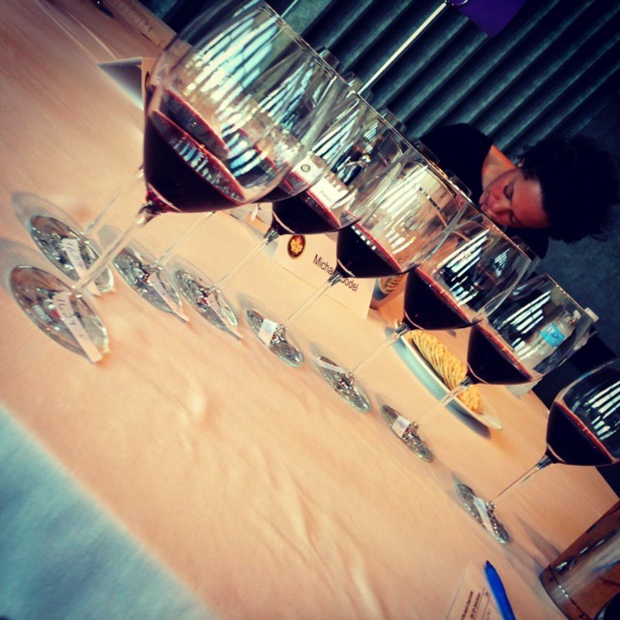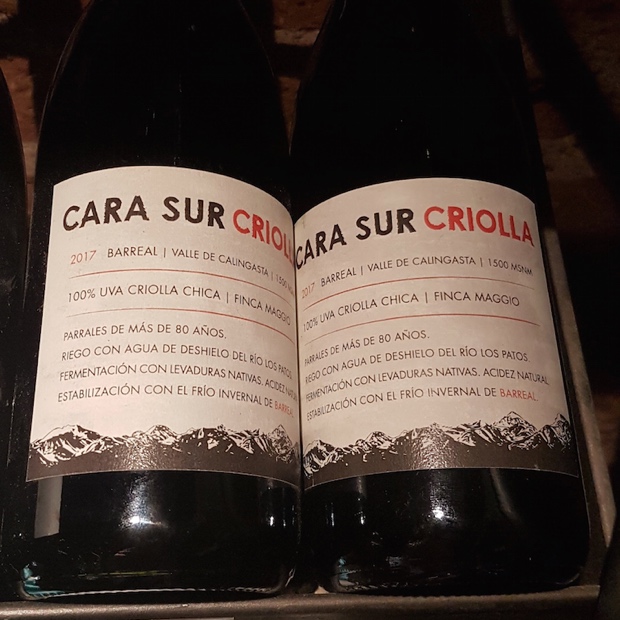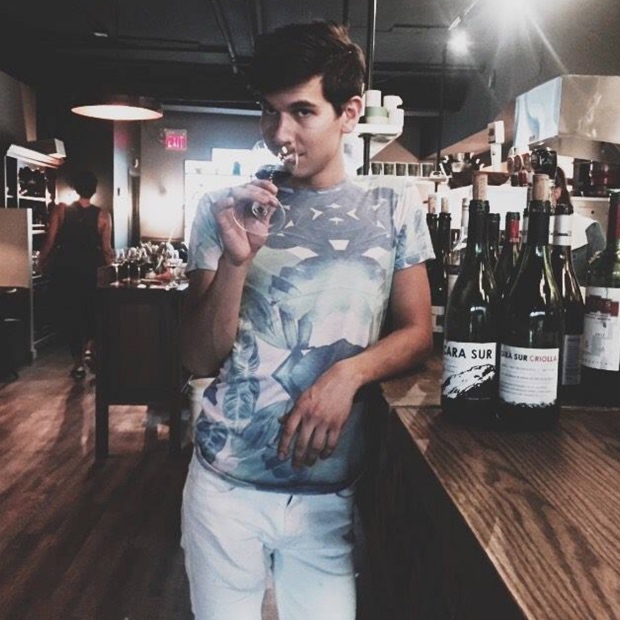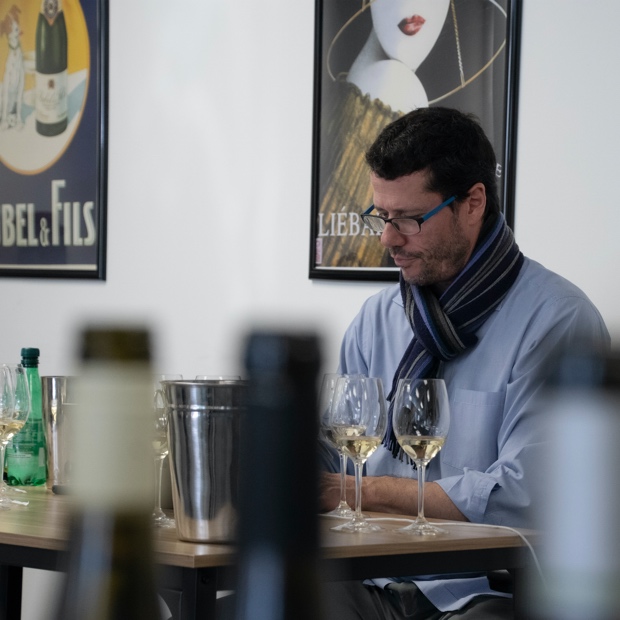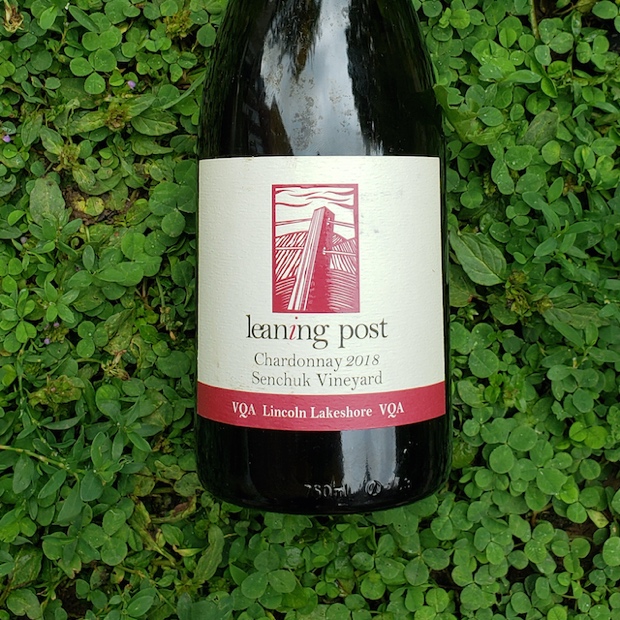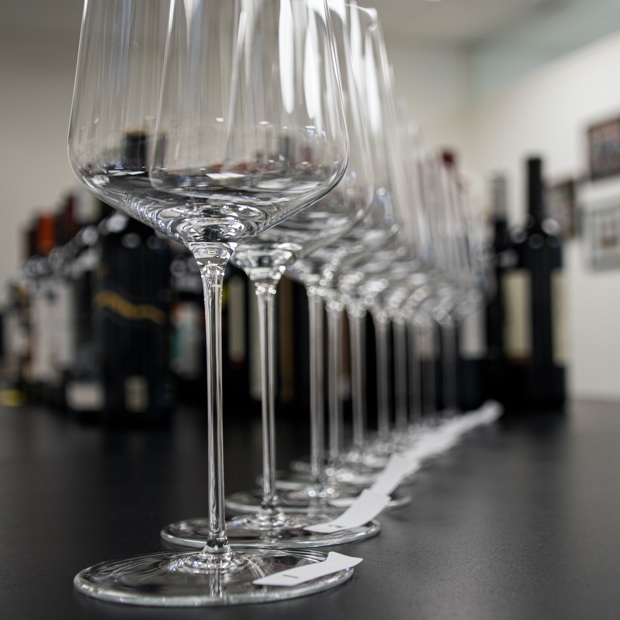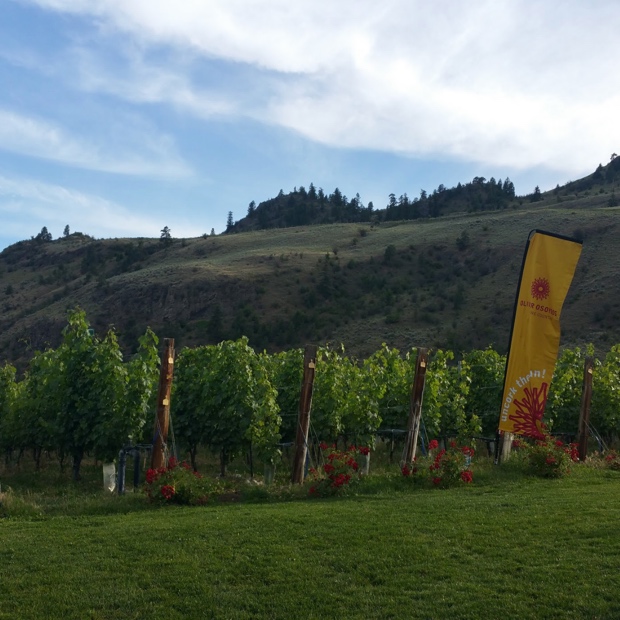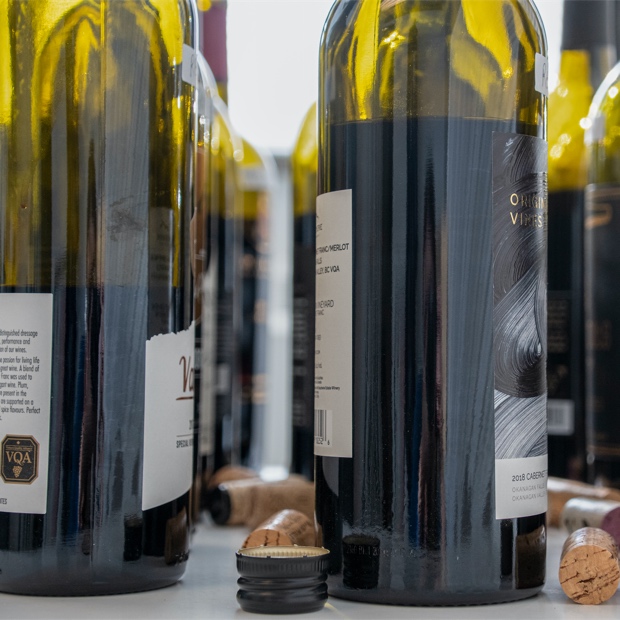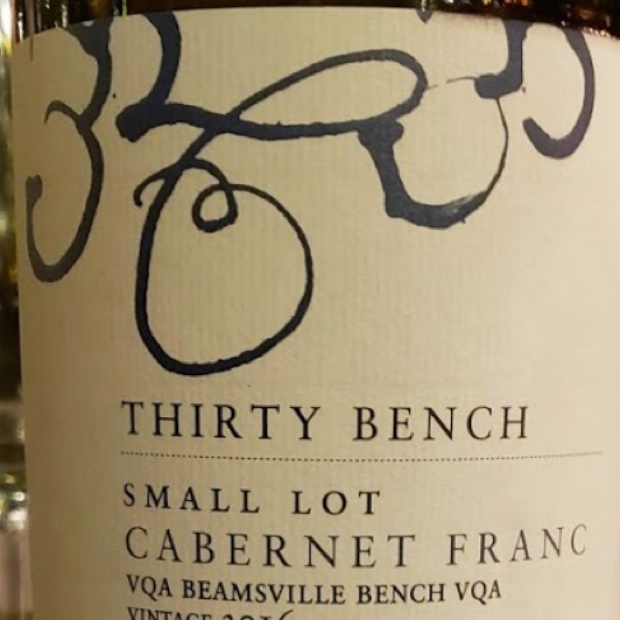
Water hole, South Africa
As this passage through weltschmerz marches on, the defining feeling of melancholy and world-weariness continues, no doubt magnified in the hearts and minds of the wanderlusts accustomed to consistent world travel. So the question begs, as it has for 12 months, how to summon thoughts that will keep a deep sadness about the inadequacy or imperfection of the world at bay? Speaking from a personal place, a simple and distracting way is to compose retroactive wine reviews, unearthing and editing nuggets of meaningful playfulness, tasting notes created in the past but never having found their way to the light of day. Recent thoughts about South Africa are the impetus for this story.
Related – Searching for great heart in South Africa
In a pandemic-free world Cape Town’s Cape Wine would be taking place six months from now but a difficult and necessary decision by Wines of South Africa has moved the trade show from September 2021 to October 2022. Intensive planning for one of the great triennial wine fairs on the planet begins 18 months out and so with vaccine promise and good hope the time has arrived for the industry to launch preparations for a Spring 2022 Capelands revival. Soon enough the hurdles, obstacles, impediments and hoops of pandemic, lockdowns, sponsorship landing and export bans will be added to the growing list of “what has been overcome.”

Fly me back to South Africa
Related – Spotlight on South Africa in VINTAGES August 6th
Wine trips afford tasting hundreds of wines in a week’s time and while all bottles poured by every producer are given full attention and solicit a hundred or so scribbled words on history, tradition, agriculture, winemaking, varietal and regional relativity, many remain in raw form, relegated to computer folders and on the pages of moleskin journals. Pulling them out months, if not years later can induce that elusive feeling of relief and in some extraordinary occasions, epiphany. This to the creator of course, not necessarily to the producer, wine prose seeker, consumer, regional administrator or marketer. Notwithstanding who may be watching or reading, the exercise is a satisfying one and stands on its own merit, if only to be soothed and take refuge in a safe prosaic haven, free from the savage talon grip of a world gone mad.
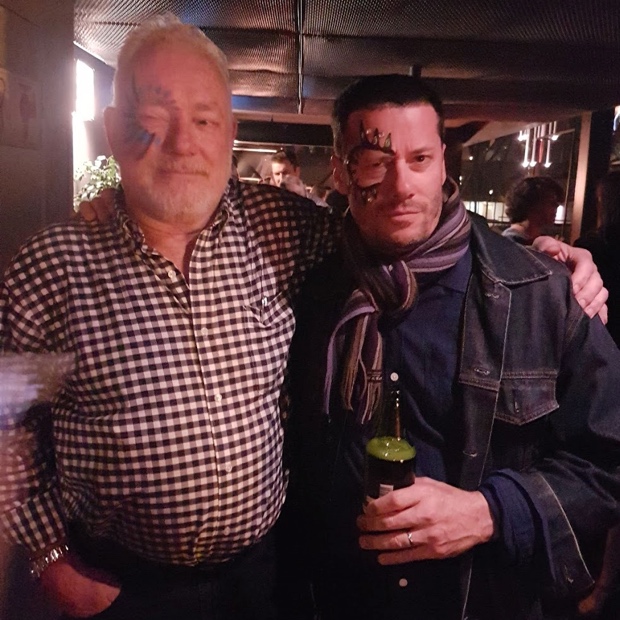
“What happens in Cape Town stays in Cape Town” carries a three year statute of limitation. With the inimitable Ken Forrester
Nature, farmers and winemakers continue their work. Grapes are still growing and wines are still being made. Cape Wine is one of the greats, a collection and gathering by an industry of more varied character and industriousness than you will ever find. Let’s hope a global correction and stabilization brings everyone back together. During the last edition in 2018 I published several articles and many notes but these are the fruits of unfinished business left unsaid, scattered and streaming bits of consciousness having patiently waited it out for this moment in the sun. With thanks to all these erudite producers who shared a few ounces, engaged in conversation and offered up their time. These are the 60 wines tasted 30 months ago, assessed, critiqued, enjoyed and until now, unpublished.
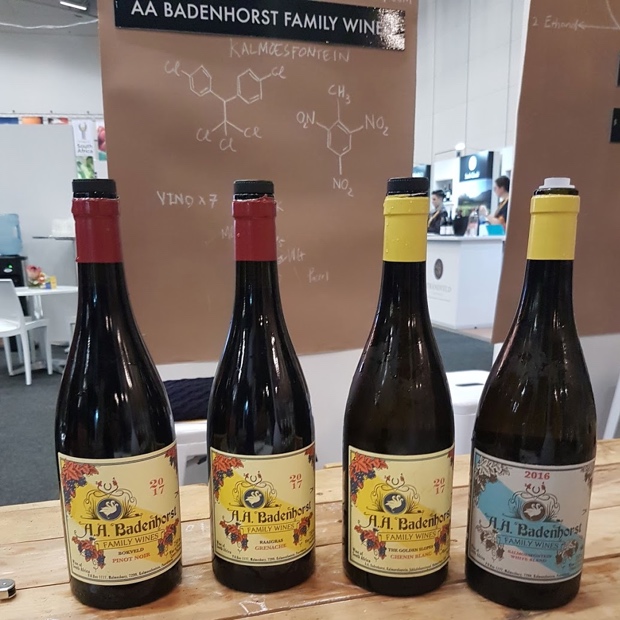
A.A. Badenhorst Family White Blend 2016, WO Swartland
Simply a case of “fantastic grapes from old vineyards,” small parcels from Adi Badenhorst’s Kalmoesfontein farm, around the Swartland and the greater Paardeberg Mountain. A tienvoudig veldversnit of chenin blanc, roussanne, marsanne, grenache blanc, viognier, verdehlo, grenache gris, clairette blanche, sémillon and palomino. Hard to imagine that ten grapes could be so tactful and get together for such a discreet nose, but they are and they do. Secretive and seductive, full of mystery and enigma, ferments in 3000L vessels and then concrete, of a co-existence executing balance and a dedicated focus on texture. A ten-fold paradigm shift as part of the pioneering, Western Cape appellative white blend parade. Those who know it get lost in the varietal party and just like the makers the soirée will go on forever. Drink 2018-2022. Tasted September 2018
A.A. Badenhorst Pinot Noir Bokkeveld 2017, WO Swartland
Grown further afield of the great old white grape vineyards, higher into mountainous terrain on the famed Bokkeveld shales. Makes for transitory, lifted pinot noir, “rain-slick’d, rubbed-cool, ethereal,” a little pastiche in a glass. Provides a cool flush of red berries, a note of allspice and truth is the fruit is really quite naturally sweet. Clean, characterful and only an afterthought of subtle savour. More than anything this pinot noir drifts and rises, kind of like reciting poetry. Drink 2018-2022. Tasted September 2018

Hanneke Krüger, A.A. Badenhorst
A.A. Badenhorst Secateurs Cinsault 2018, WO Swartland
Of the Badenhorst second tier of wines, a red blend though mainly cinsault (82 per cent) with (10) syrah and (8) grenache. Though this is technically a tank sample it will be bottled next week so essentially across the finish line. There will be 130,000 bottles of this unfiltered wine. Red fruit incarnate Cape style, sweet baking spices and from a band knowing what is needed for playing live in concert, lekker balance seekers capable of working with any instrumentation, including 4,500 and 7,200L blending tanks. Badass sound, fury and energy, dry rocket fuel, pure, raw emotion and precision. Drink 2018-2025. Tasted September 2018
A.A. Badenhorst Grenache Raaigras 2017, WO Swartland
From the home farm at Kalmoesfontein, a scant 1268 vines by lowest of low yields and considered to be the oldest (1951) grenache vines in South Africa. The Raaigras (ryegrass) is a vineyard choker so without human intervention it would literally strangle a vineyard. One of those wonderful whole bunch ferments though a portion is de-stemmed and well if this is not the right stuff from the right place, transparent, curative, a gastronomy of ancient meatiness and spice. Tannic yet elastic and one of those wines ready to go from creation but won’t likely change anytime soon. For now, long and wide. Feel free to think “see you in 15 years on the other side.” Drink 2019-2029. Tasted September 2018
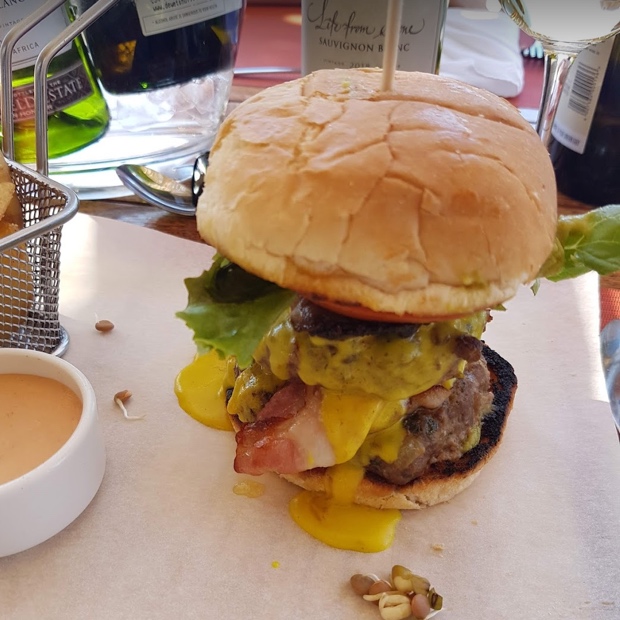
Springbock Burger anyone?
David And Nadia Sadie Wines Chenin Blanc 2017, WO Swartland
A chenin blanc blend of 35-65 year-old 1960s, 70s and early 80s, mainly Paardeberg dry-farmed bush vine vineyards in the Swartland. Some shale and clay soils mix in for a top end chenin meritage with a faint if feigned salty vanilla sweetness. High and dry extract and grape tannin conspire in their conscription and into a stretched intensity requiring some patience for the opening up. Lingers forever thereafter. Drink 2018-2026. Tasted September 2018
David And Nadia Skaliekop 2017, WO Swartland
Skaliekop, “hill of shale,” a curious dale of fine-grained, clastic sedimentary rock amongst the Paardeberg granite. For David and Nadia Sadie a chance to make a chenin blanc with both prescient soils lending their presence and tutelage. The people here speak of the Skaliekop, knowing well the wisdom and aridity, the windswept open space, exposed and warm. They recognize and tell of the difference it makes, how a wine such as this can act so implosive, salty, targeted and fervent. The vintage only serves to magnify a sentiment already assured, that fruitful and mineral will align, swell and expand as one from these first grapes to be harvested in the wider Paardeberg zone. Drink 2019-2029. Tasted September 2018

David and Nadia Aristargos 2017, WO Swartland
In 2017 a Swartland appellative white blend of chenin blanc (58 per cent), viognier (14), clairette blanche (13), sémillon (7), roussanne (5) and marsanne (3). David and Nadia’s only white that sees enough skin-contact to inch it up to but not quite breaching the natural-orange-amber stereotype so moving along now. A free-form, stacked blanc of multifarious juxtaposition, a Cape sensation that does this thing better and more interesting than anywhere else on the planet. Complex because florals and salinity get together and express the Swartland without a care in the world. What really comes across the palate is texture, downy and coddling with a finishing pesto of sweetly herbal fynbos and renosterveld. A perfectly broad expression overall though please don’t typecast or compartmentalize the Sadies’ white blend. Let it be. Drink 2018-2024. Tasted September 2018
David and Nadia Sadie Wines Elpidios 2016, WO Swartland
An ever evolving or rather moving target, Rhône motivated but at this point in South Africa’s modern tenure just better to say Cape inspired. Has had many lead singers in its time; syrah, carignan and based on David Sadie’s language, who knows, perhaps grenache will take a turn at the microphone. Here in ’16 carignan (39 per cent) is centre stage with syrah (31), pinotage (16), cinsault (9) and grenache (5) rounding out the players. Elpidios means hope, as in “Cape of Good” and like the place itself there are so many layers to peel away from this heady foreland of a red wine. The berry aspect is magnified by the pinotage and you should know that David and Nadia treat this grape with utmost respect. A mix of styles and inspirations make this both muddled and brilliant as it stretches into breadth and potential. A nexus of varietal and micro-terroirs caught up in a whirlwind of extracts, flavours, liqueurs and expression. Still fresh, spirited and alive so drink this well over a ten year span. Drink 2018-2026. Tasted September 2018

De Kleine Wijn Koöp Kreatuur Die Synachin 2017, WO Coastal Region
“A collaboration between a bunch of young blokes, making of-the-moment wines from little-known vineyards around the Cape,” and under monikers that refer to “pushmi-pullyu animals.” Also with the winemaking help of Alexander Milner from Natte Valleij. Really quite the drinkable Rhône-ish blend of 56 per cent syrah, (26) grenache and (18) cinsault. Iron in multifarious soils (mainly granitic) make this hematic and deeply plum but still, not so difficult to knock back. Drink 2018-2021. Tasted September 2018
De Kleine Wijn Kop Ou Treffer Cinsault 2017, WO Stellenbosch
Ou Treffer, as in the ‘old hit’ in Afrikaans, also the old workhorse, in reference to cinsault of the Western Cape. Or if you will, like a hit song as the grape just seems to be the it one in South Africa these days. Or perhaps Traffic, by the Stereophonics. Beautifully aromatic, rich fruit and a soild funk from the particularities in these Stellenbosch vineyards. Half the ferment is de-stemmed, meaning the other half is whole bunch and old vines surely concentrate the fruit, stem funk and spun feeling all-around. Besides, “is anyone going anywhere? Everyone’s gotta be somewhere.” Drink 2018-2022. Tasted September 2018
De Kleine Wijn Koöp Knapsekêrel 2016, WO Stellenbosch
The second cabernet franc release of the De Kleine Wijn Koöp boys’ Knapsekêrel (a.k.a the spiky little black Cape plant) comes from the Polkadraai Hills. Not just any vineyard mind you but one planted in 2000 and biodynamically farmed by Old Vines Project pioneer Rosa Kruger and current Stellenbosch guru Johan Reyneke. The winemaking hands of Lukas van Loggerenberg are to thank and while this shows the sultry smoky smoulder that often emits from Cape franc it is a challenge and work in project to find the varietal sweet spot. That’s because cool temps and long growing seasons are best but look out for this breadth of a team’s members to find what works. In the meantime the tobacco, dusty plum and pushed to the raisin precipice make up a tasty if humid treat in a glass. Drink 2018-2019. Tasted September 2018
De Kleine Wijn Koöp Heimwee 2015, WO Stellenbosch
As with the Knapsekêrel cabernet franc, the Polkadraai west of Stellenbosch is the fruit source, a biodynamic vineyard farmed by Rosa Kruger and Johan Reyneke. The boys at the Koöp are back in varietal town and refer to this all-around floral spiced cabernet sauvignon as running “with tannins as smooth as your grandmother’s polished imbuia coffee table.” No doubt and you can almost hear them singing in Phil Lynott workingman’s poetry. That said, this cab is no thin Lizzy, more like thick as a brick. Hung long and well-developed, of a liqueur that oozes of red, red fruit. Or perhaps, “man when I tell you she was cool, she was red hot. I mean, she was steamin’…” Drink 2018-2020. Tasted September 2018

Johannes de Wet in Robertson
De Wetshof Riesling 2017, WO Robertson
A known fact that riesling and limestone make a great couple so this look at de Wetshof’s Robertson ’17 is met with great mineral anticipation. Yes the finest calcareous blocks are dedicated to chardonnay because Bourgogne is the de Wet inspiration but anyone who has learned a thing about riesling around the world will know that limestone can work wonders. Alsace of course, as in Clos Windsbul but also The Niagara Escarpment’s dolomitic limestone and Germany’s Muschelkalk (especially in the Rheinhessen, Pfalz and Franconia). And so Robertson joins the list as witnessed by this linguistically aromatic example, working the glass with a pure lime distillate notion. A nod to Alsace more than anything else with acidity that doesn’t need to scream and shout but it’s truly there. The potential to pioneer the movement is here, along with Elgin as Cape riesling standard bearers. Drink 2018-2022. Tasted September 2018
De Wetshof Chardonnay Limestone Hll 2018, WO Robertson
Youth and drought make for the most naked and transparent of the past few Limestone Hill chardonnays. Absolute cool Kelvin freshness and a 270 degree vineyard scope to gather de Wetshof’s Robertson fruit from an amphitheatre of slope and aspect so subtle yet so meaningful. A fulsome regional DNA creates varietal layers gathered to make this cuvée a true spokes-wine for the limestone-based estate. Set foot on these soils, spin around, take it in. Then feel and intuit the truth in chardonnay that speaks to a place. Drink 2018-2020. Tasted September 2018

De Wetshof Chardonnay Bataleur 2016, WO Robertson
Bataleur, as in a battalion of chardonnay soldiers, fruit up front, reduction and wood falling in, acids taking up the flanks and structure in support by land, air and sea. Or so it seems because this just marches like a military exercise in chardonnay. Flinty, biting back, yet buttered and toasted on the mid-palate with Roberston’s unique limestone felt from start to finish. Vanilla then white caramel with soft French cream fill and then the snap of lime acidity. Biting and downy, one and then the other, all tied up in robes and pearls, equalling out in the end. Fine work from 2016. Drink 2019-2023. Tasted September 2018
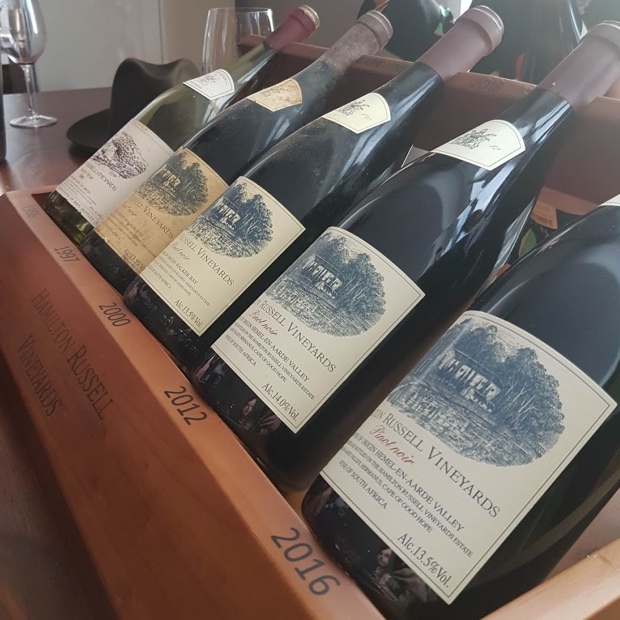
Hamilton Russell Pinot Noir 2000, WO Hemel-en-Aarde Valley, Walker Bay
By this time 2000 is the 15th vintage of Hamilton Russell’s pinot noir and tasting both the 1986 and 1997 ahead of this only serves to heighten anticipation knowing full well longevity is by now a solid guarantee. The vintage seems like it must have been a demanding one because there is more hard grip, aridity and austerity here but it really has aged gracefully and beautifully. The posit tug between fruit and earth notes is performed like a string instrument’s bow, bending and angling with dexterity in balanced, fluid motion. Brings in the herbs and spices, wholly and truly of Hemel-en-Aarde origin, on hillsides and between rows of sagacious pinot vines. This is a treat and opens a portal into the future, beginning with the 2012 vintage that will usher in a string of sequentially impressive HR pinot noir. Drink 2018. Tasted September 2018

Huis Van Chevallerie Circa Rosecco NV, WO Swartland
From a 32 year-old pinotage vineyard, great old vines that received some TLC from Old Vines Project pioneer Rosa Kruger. Secondary bottle fermented with a little help from “a special blend of liqueur de triage,” so unlike Prosecco in that regard. Early picked which is a given considering the granitic soil and therefore a “Rosecco” of low pH and severely high acidity. ‘Twas just a slight dosage and therefore comes across arid like the Swartland desert. A well cultured sparkling Rosé, crushable and easy like Sunday morning. Drink it for breakfast, lunch and dinner. Drink 2018-2021. Tasted September 2018
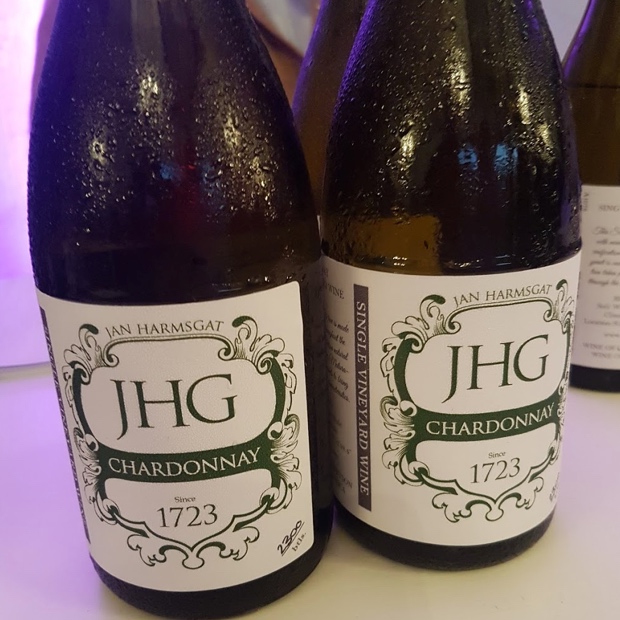
Jan Harmsgat Chardonnay 2015, WO Robertson
True reduction yet to dissipate as noted by the smoky smoulder with a healthy compliment of wood still needing to melt in and away. Looking to settle over the next six months or so and allow the combination of vanilla extract and green apple purée to integrate, compliment and go forward in agreement. Though creamy there is a bite back at the finish so while this is good now it still shows promise for improvement down the road. Drink 2019-2021. Tasted September 2018
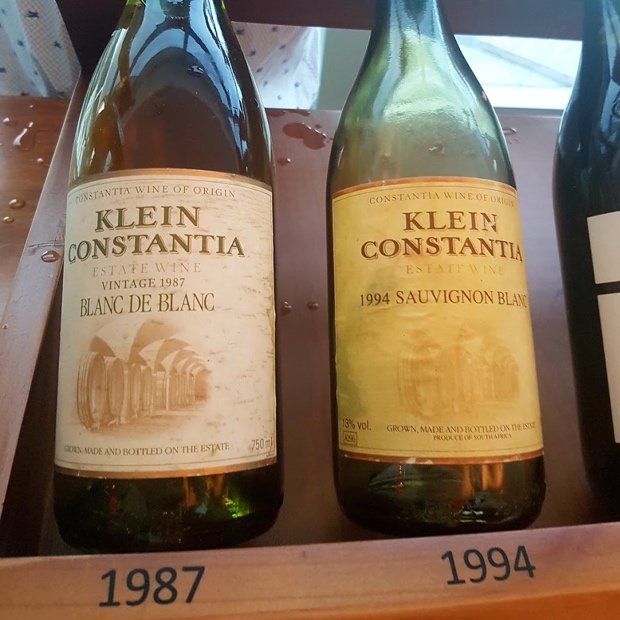
Klein Constantia Sauvignon Blanc 2009, WO Constantia
Poured by Managing Director Hans Astrom in Cape Town alongside the 1987 labeled “Blanc de Blanc” and the 1994. The vines date back to 1979, with the first South African sauvignon blanc made in 1986. That ’87 was a B de B because of the botrytis-affected vintage. A 100 per cent varietal wine, built by the soil and so bloody mineral as a result. Oak texture but really that’s the end of wood talk, a salty streak, so direct and so personal. The kind of sauvignon blanc that invades your airspace and a vintage more Bordeaux than the rest. Or, if you will Sancerre but not so much this time around. Drink 2019-2023. Tasted September 2018
Klein Constantia Sauvignon Blanc 1994, WO Constantia
Poured by Managing Director Hans Astrom in Cape Town alongside the 1987 labeled “Blanc de Blanc” and the 2009. The vines date back to 1979, with the first South African sauvignon blanc made in 1986. That ’87 was a B de B because of the botrytis-affected vintage. The ’94 vintage was another story altogether, apposite, far away from developing noble rot. Not the baller and perhaps even a bit “weak” with less weight but a saltiness that is more than intriguing. Perhaps more Sancerre-esque as a result but certainly lends longevity credibility to those passed over cool vintages neither celebrated nor considered to carry much staying power. May not be fleshy but is surely a curious and electric surprise. Drink 2018-2020. Tasted September 2018

Leeu Passant Chardonnay 2016, WO Stellenbosch
Andrea Mullineux continues to foster the Leeu Passant line of heritage vines wines with work from Rosa KrMuger alongside. The “post (leaf-roll) virus vineyard,” of smuggled in clean material planted in Stellenbosch in the 1980s. The site is home to loam-rich soils of the Helderberg and the wine stylistically modelled after the oxidative approach to chardonnay. “Death and resurrection,” as Andrea puts it, meaning after the fermentation you allow the must to oxidize again, literally to the colour of cola. Risk reward actionable take and one that requires some shall we say, cojones. This chardonnay is not about luck and the methodology can’t help but connect you to the vineyard. You end up with this unctuous, astonishingly rich chardonnay that bears a resemblance to the vines and the place from whence it came. Unlike the Mullineux chenins or Swartland and so say hello to Meursault. Drink 2018-2025. Tasted September 2018
Leeu Passant Dry Red Wine 2016, WO Western Cape
The throwback, ode and homage to South African reds made in the 50s, 60s, 70s, rustic, tannic, structured and reeking of the ancient soils that gave them life. Three locales are in the mix; Wellington, Franschhoek and Stellenbosch. The vineyards are the first pro-Phylloxera planted sites, a willy-nilly varietal scattering, blocks of two cinsault, a cabernet sauvignon and a cabernet franc. “It’s a deconstructed reconstruction,” says Andrea Mullineux, “where you break down what you love and build it back up again.” First thing is to show utmost submissive respect to 95 and 117 year-olds, the oldest registered red wine vineyards in South Africa. So you hand harvest their low yields and keep a minimum half of the bunches intact for to ferment these wise and experienced grapes. They spend 20 months in barrel then emerge structured and fit for 20 years of longevity. As with those post mid-20th century wines the profile is rich, tart, spicy, robust and layered with serious grounding. Revivalist red, keeper of faith and a lost style, uniquely South African. Today that translates to vogue. Boom. Drink 2020-2032. Tasted September 2018

Lismore Sauvignon Blanc 2016, WO Greyton
The Cape’s south coast work of Samantha O’Keefe, a (500L) barrel fermented sauvignon blanc made in an oxidative way, or rather a wine of early introductions made with oxygen. Flinty no doubt then rich and full on the palate, of throttling grape tannin who’s antidote is a sense of settled calm. Late spice, Bordeaux in temperament but cooler still, an almost northern Sancerre-ish dexterity and layering. Composed and so very genteel. Drink 2018-2024. Tasted September 2018
Lismore Chardonnay Estate 2016, WO Greyton
From the Cape’s south coast and Samantha O’Keefe’s original Greyton Farm, in re-build for a promising future. This ’16 is 90 per cent estate fruit, a natural ferment and all done up in neutral (300L) barrels, 11 months on lees. No malo except when a great vintage comes along. Simply an orchard and gingered and delight, a woven tapestry of backroads eccentricities and southern exposures, with a kick and twist of finishing spice. Drink 2019-2024. Tasted September 2018
Lismore The Age Of Grace 2017, WO Elgin
From rose-quartz soil in cool Elgin, a 100 per cent viognier, so apposite relative to the achromatic shades of Greyton sauvignon blanc and chardonnay. High demeanour and a sense of vivid colour in the aromatic wonder but more so in the levels of palate, front through middle to back. They come like a rainbow, rolling, over stones, in “colours in the air, oh, everywhere.” Orange, peach, nectarine and fine, fine Elgin acidity. They are wrapped in sour spice yet sit cross-legged, in complete control. An aristocratic flower child, surely full of and situated in an age of grace. Drink 2018-2023. Tasted September 2018
Lismore Pinot Noir 2017, WO Western Cape
Fruit from both Walker Bay and Elgin and 30 per cent whole bunch (the first vintage was 15). So very herbal, savoury, stemmy and honest. A beacon in pinot noir you want to drink that comes equipped with an edginess about it. Full purity on display, grip, intensity and packed with provisions for the picnic. Marks the early beginnings of a varietal journey with some naïveté and dreams but look out. Drink 2019-2024. Tasted September 2018
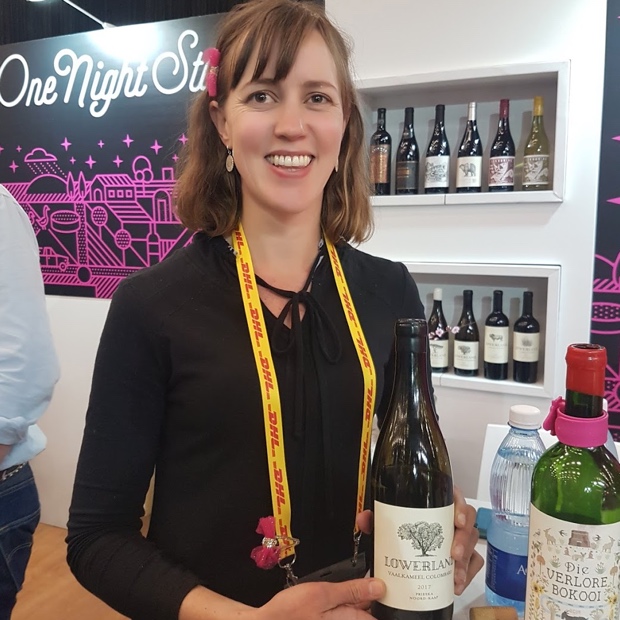
Alette de Boer, Lowerland
Lowerland Tolbos Tannat 2016, WO Prieksa, Noord Kap
From South Africa’s furthest northern wine-growing area, a joint effort between grower Bertie Coetzee and winemaker Lukas van Loggerenberg. Wow does this ever smell like tannat with its depth of earthy fruit and suspension of oxidative animation. High acidity reminds of the really cool climate, more Niagara per se than southwest France. There really is something special here, as with Lowerland’s stellar whites, something singular, yet undefined, in enigma and mystery. Drink 2018-2021. Tasted September 2018
Lowerland Witgat Viognier 2017, WO Prieska Noord Kaap
The viognier may scent of exotic flowers and tropical fruits but as with most of Alette de Beer and Bertie Coetzee’s range this is surely a cool climate wine. Subtly so and yet of a tension and a demand that accrue a sense of northerly South African wine-growing sense. The wine was made by JD Pretorius at the Constantia property Steenberg and it comes about quite normal, varietally speaking but also beautiful. There is a liquid chalky feel, a product no doubt of quality dry extract mixed with Prieksa soil of desert sand and silty clay. Lean and structured, a lanky viognier that in the end delivers quite the delight. Drink 2018-2021. Tasted September 2018

Lowerland Die Verlore Bokooi 2016, WO Prieska Noord Kaap
Literally “easy drinking blend,” spoken through an indigenous vernacular from “the place of the lost goat.” At the time a blend of merlot, shiraz and tannat but like the Herd Sire Reserve that too will change over time. A racy and ripe red, earthy and parochial though fruitful in its red, black and blue mixed berry basket. There really is nothing to compare this too, neither old world origin or varietal mash up so assess it on its own terms. Just knock it back. Drink 2018-2019. Tasted September 2018
Lowerland Herd Sire Reserve 2015, WO Prieska Noord Kaap
A red blend that will evolve (varietally speaking) but in 2015 it is based on cabernet sauvignon with petit verdot and a small amount of merlot. Bordeaux being the message but that too will change because the north of South Africa may actually share more affinity with the southwestern French wine-growing than anywhere else. This unique Noord Kaap Wyn van Oorsprong’s cool climate makes for early drinking reds and the 13 year-old vines here follow the party line for a red blend ripe enough to do what needs. There is more liqueur and spice here than what is noted in the merlot/shirtaz/tannat and also increased acid intensity. Somewhat oxidative but holding well and doling pleasure. Drink 2018-2019. Tasted September 2018
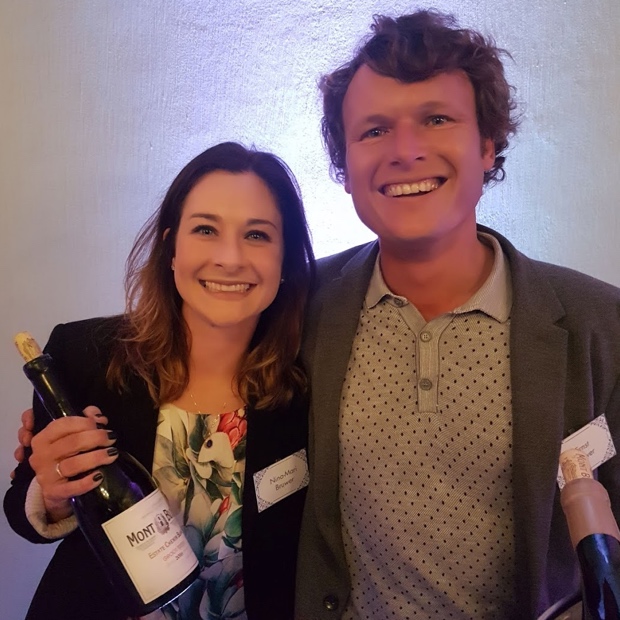
Nina Mari and Ernst Bruwer, Mont Blois
Mont Blois Estate Chardonnay Kweekkamp 2016, WO Robertson
After 28 of not bottling their own wines the husband and wife team of Ernst and Nina-Mari Bruwer began again in 2017. This is one of the first, a single vineyard chardonnay off of 12 year-old vines, barrel fermented and aged 11 months. Speaks of Robertson, not specifically by limestone but with that WO’s orchard fruit and realism, by passing spice that’s merely a thought. Lovely snap, crack and bite which is truly Robertson while in delivery of everyday texture and mellow disposition. The kind of chardonnay to stay quiet and simply sip. Drink 2018-2021. Tasted September 2018
Mont Blois Chardonnay Hoog en Laag 2016, WO Robertson
“High And low,” in reference to the vineyard being a terraced block on clay. Heavy clay that is, a Robertson specialty and the Hoog En Laag receives the same elévage as the Kweekkamp chardonnay. Certainly a richer and fruit fulsome expression, less snap and bite. No subtle spice either and yet the barrel notes are equally noted. What this has is full-fledged texture, creamy and smooth, all day long. Drink 2018-2020. Tasted September 2018

Mont Blois Chenin Blanc Groot Steen 2016, WO Robertson
The “big” chenin blanc because of the dense clay that gives nutrient life to the 32 year-old block of vines. Quite the steen intensity, ripping with fruit and a mineral streak for layer upon layer of Robertson quality. Naturally sweet pears, ripe and dripping, plus an unusual or unaccustomed to herbology. Perhaps it’s the famous local Rooibos talking. Really persistent chenin with loads of potential. Likely some flint and smoulder in its future. Drink 2018-2024. Tasted September 2018
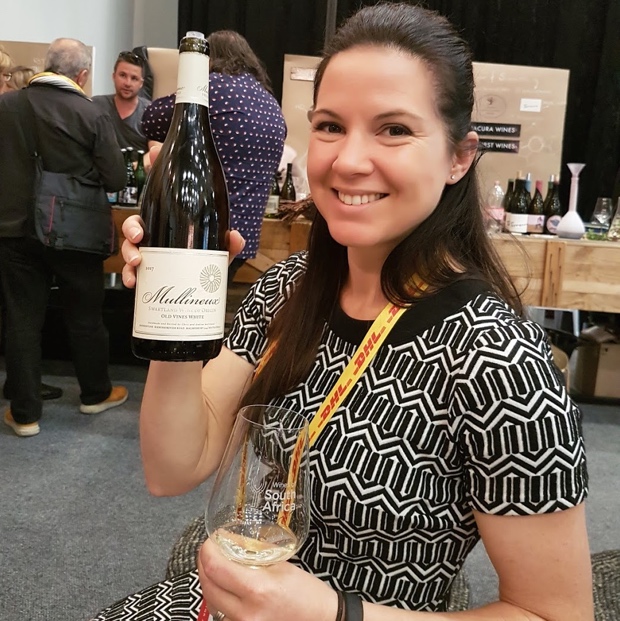
Mullineux Kloof Street Chenin Blanc 2018, WO Western Cape
A true Cape chenin blanc assemblage, in fact it gives meaning to the gathered idea, like an AOC Chablis made by a houses in names of Fèvre, Drouhin, Moreau or La Chablisienne. Mullineux’s twist is the back blending with some old barrel ferments to balance to new and “other” fruit components. A chenin blanc that is bottled the same year it was picked though that’s easier to do in the southern hemisphere where harvest happens in the first quarter months. Expectation always dictates value from the Kloof Street and 2018 does not disappoint with an attractive spiciness that speaks to the preservation of freshness in a chenin blanc possessive of no boundaries. One of the most versatile wines on the planet. Sheet pan sausages and fennel would be just ideal. Drink 2018-2022. Tasted September 2018
Mullineux Chenin Blanc Quartz 2017, WO Swartland
Soil is the single matter, catalyst and difference maker to dictate the peculiarities, idiosyncrasies and unique sets of behaviours in the Mullineux single-terroir wines. The chenin develops “freckles” in the sun, tells winemaker Andrea Mullineux and the warmth of the high presence of quartz retains and returns warmth, translating to a conduit of concentrated ripeness passing through the vines. Not a direct heat, otherwise the berries would burn but a reflected back-beat of light and one that is slowly transmitted with naturally occurring temperature control for how and when the plants are in need. The greatest positive is in the maturation of phenolics in the skins and not by a hasty overload in developed sugars. From out of the silica oxide comes vegetative growth that promotes and preserves a physiological process in retention of acid freshness. The result? A phenolic journey unique to chenin blanc as here with a striking 2017, dry as drought yet fresh as a daisy. Though there is some creamy texture there too is hyper intense clarity, a variegate of dappled aromatics and brindled flavours, all bound up in animated acid bounces. Drink 2019-2029. Tasted September 2018
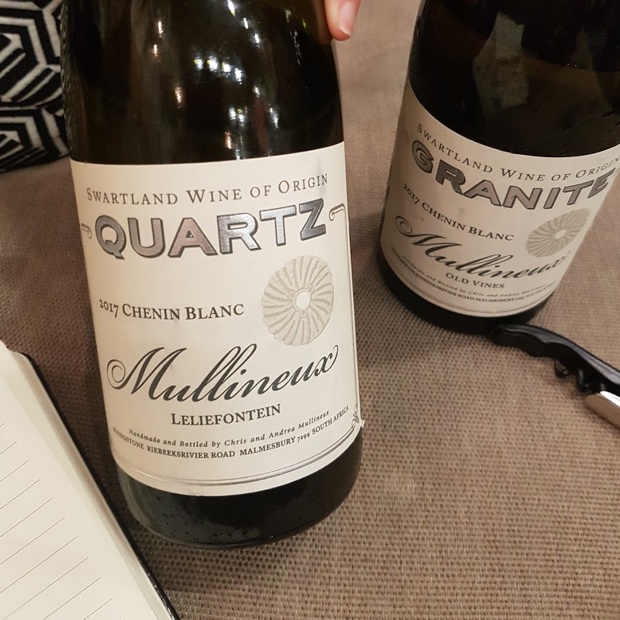
Mullineux Chenin Blanc Granite 2017, WO Swartland
In chenin blanc the Mullineuxs engage in this single-terroir comparison, first by Quartz and now through Granite. The reference is to the predominant mineral presence in the soil and in how it influences the chameleon varietal. In 2017 Quartz is a major concern but switching to sandy, decomposed rocky soil and everything changes. Berries leave the world of mottled and piebald to one of demure and decor with thanks to the diffused light set upon them. That and a place where roots must burrow, digging deeper through hunks of rock into the sub-strata. This is where trace elements and minerals are to be found in the water table below and while limestone and silex is not the tablet there is some ideological affinity here with the Loire. As such it is this Granite that speaks in a leaner, thoroughly mineral, less spice and increased sharpness vernacular. Precision cut, flint struck, metallic, a song of science and silence. Body and flesh are ambient, less “creamy” than in Quartz, linear in travels, long and of an aging potential surely cast forward. Focused all the way through, unrelenting but always in layers of overlap and subtlety. Drink 2020-2033. Tasted September 2018
Mullineux Kloof Street Red 2017, WO Swartland
Kloof Street is a “heritage blend,” says Andrea Mullineux, “it’s a wine about the love for making wine, but having preferences.” From vintage to vintage maybe check the bottle for varieties because there is no steadfast formula. Heritage, as opposed to Rhône means playfulness, choices and the inclusion of a structure fortifying grape like tinta barocca, truly integral to the Western Cape meritage experience. Here in 2017 there are some notable added layers of flesh, drying tannin and largesse. An early extracted wine in fast stages of maceration to coax out the fruit and deter astringency. Comes away rich and robust, rocking the free and new world. Drink 2018-2022. Tasted September 2018
Mullineux Syrah 2016, WO Swartland
“I still consider it a blend,” insists Andrea Mullineux,”because it comes from seven vineyards on three soils.” Spends up to six weeks on skins, depending on how big the tannins are. Big equals patience. Burly early with spice and elongation but that heft and girth will slowly melt away. An invisible friend called acidity will usher the transformation, those gnomes of silent structure. The next stage will celebrate the leathery cherry fruit and cumulative Swartland savour. Last tasted September 2018
The first drought vintage for the Swartland syrah and so the extract, concentration and density are all in compression mode. The change is felt with palpable impression, meatier, more char, even tar, and a little bit of dogma was necessary to bring in more granite-raised syrah to keep things swimmingly cool and savoury along. It’s a hematic one in 2016. To some this would be the bomb, the massive reason to believe and to others it might seem an impossible wall to scale. With a combination of love and patience the ’16 will please them all. Drink 2020-2028. Tasted May 2018
Mullineux Syrah Schist 2016, WO Swartland
As with the two chenin blanc Quartz and Granite introspections there too is a Mullineux terroir combing of Swartland soils through the lens of syrah, there by Iron and here through Schist. The style or rather the result is befitting the monikers because Schist is the tamer one of the two and it is interesting to note that the syrah “blend” as Andrea Mullineux calls it is more like Iron than this elegant one. A huge January heat wave could have led this into the raisin danger zone because ripening under the shotgun is no way to approach harvest. Cooler heads and temperatures prevailed to allow for an unfurling, a plumping and a perking up. Schist comes out regal, aromatically civil and demure, but also juicier than a nosing might indicate. Acid retention is strong, sweet and quite friendly to work in cohorts with the cane and Baleni based spice. Dark in complexion, yes brooding yet sneakily serene, salty and so comfortable in its own skin. Drink 2020-2032. Tasted September 2018
Mullineux Syrah Iron 2016, WO Swartland
The second of two Mullineux soil investigations for syrah is this dramatic and hematic nonpareil exemplar. Cultivar meets terroir, raised off of a heavy, gravelly clay, rich in iron, impressive and hallowed as antediluvian viticultural ground. That may not be completely Cape uncommon but this is clearly a paradigm shifter for drilled down South African syrah in attack meets beast mode, cimmerian, ferric and intense. Modish though, while inexorable character oozes from every pore and a mid-palate wells of extraordinary fill. Sharpens its wits on bullish tannin and expresses Northwest of Malmesbury iron with raw emotion and power, though without rusticity. What it may lack in elegance is made up by sheer force in reckoning, at first engaging and then gripping the palate by all means necessary. The velvet glove future lies somewhere in the next decade, likely latter first half. Drink 2022-2034. Tasted September 2018

Paul Cluver Pinot Noir Seven Flags 2013, WO Elgin
Just a hint of evolution is showing in this five year-old pinot noir which is something because you had to work to find any in the just tasted 2009. The sweetest fruit comes from 2013, on of the riper, purest and most pristine vintages to express what Elgin has to offer. Ethereal actually, not loosely but effortlessly structured with a seamless bond forged between fruit and acids. Tannins are already subsiding in this elegant, balanced and slightly spiced pinot. Drink 2018-2026. Tasted September 2018
Paul Cluver Pinot Noir Seven Flags 2011, WO Elgin
Such a composed vintage, cool, calm and collected. A Beaune Villages feel here, perhaps Aloxe-Corton with darker pinot noir fruit, almost black cherry but less obvious, more complex, full of baking spice. A genial and genteel Seven Flags nonetheless, elastic, pliable, amenable but not without undeniable and underlying composure. That backbone may bend with curvature ease but will not break. Provides the basis to see this Cluver from Elgin live easily up to and likely beyond its 12th birthday. Drink 2018-2023. Tasted September 2018
Paul Cluver Pinot Noir Seven Flags 2009, WO Elgin
Harkens back to a time when the 1987 planted 113 clone was no longer the sole provider for the Seven Flags family after 115 and 667 had been planted in 2001. From 2009 it seems quite obvious the vintage was one to create big, robust, ripe and warm pinot noir. Even as it approaches its ninth birthday the evolution equation remains in early steps computation, perhaps just now moving to the next stage. Secondary development is still around the bend or on the next page, noted by the persistence of a cool climate, liquid but still grainy chalk. Also acts just a bit reductive which seems almost impossible but stranger things have happened out of South African vineyards. Just imagine the futuristic possibilities when these vines soon achieve heritage age. Remind me to ask Paul Cluver for a look at vintages from 2022 onward at Cape Wine 2039. Drink 2018-2023. Tasted September 2018

Callie Louw, Porseleinberg
Porseleinberg Syrah 2016, WO Swartland
Poured by Callie Louw at Cape Wine 2018, this Riebeek Kasteel, Porcelain Mountain syrah somehow sits at a pantheon’s peak vintage after vintage, as if each one is a once in a lifetime effort. This must have been the epitome of such a consideration because Louw calls it “a fucking hard vintage, eh.” Strong talking words from the stoic and pragmatic BBQ smoker, winemaker and cricket master. Callie may have experienced a craftsman’s pain but the 70 per cent foudres and 30 concrete elévage not only tamed the savage beast, it helped to turn heads and remind of where greatness comes from. Tasted side by each with 2012 and 2013 only magnifies the massive structure in this ’16, a reductively bouncy, glycerin and impenetrable syrah in need of getting lost in the cellar. Will also need an epic song, “into the blue again, after the money’s gone.” Through the next decade and well into the following one this syrah will remain in light. “Same as it ever was.” Drink 2022-2040. Tasted September 2018

Callie Louw’s smoker hard at work in Malmesbury
The Sadie Family Palladius 2014, WO Swartland
If you Google “South African white appellative blend” the number one result should surely be Eben Sadie’s Palladius and these are the 11 reasons why; chenin blanc, grenache blanc, marsanne, sémillon, sémillon gris, viognier, clairette blanche, roussanne, verdelho, colombard and palomino. Eleven blocks, all on granites, some from the Riebeek-Kasteel side. If looking forward to the brilliant ’16 and seeing it as a wine of mixed tenses, then this ’14 speaks in the imperfect because it strikes as the one to talk about the past and to say what used to happen. As in language, love, war and the past continuous, all is fair when it comes to assessing the verticals of wine, especially in descriptions. The 2014 Palladius is the back to the future vintage, of warmth and spice when things were picked overripe and new beginnings are constantly forged. But the citrus preserve and sheer electric lemon-lime energy looks ahead to the intensity of a youthful 2016, leaving a taster confounded, satisfied and awake all at the same time. This may go forward before it retreats once again. Drink 2018-2028. Tasted September 2018
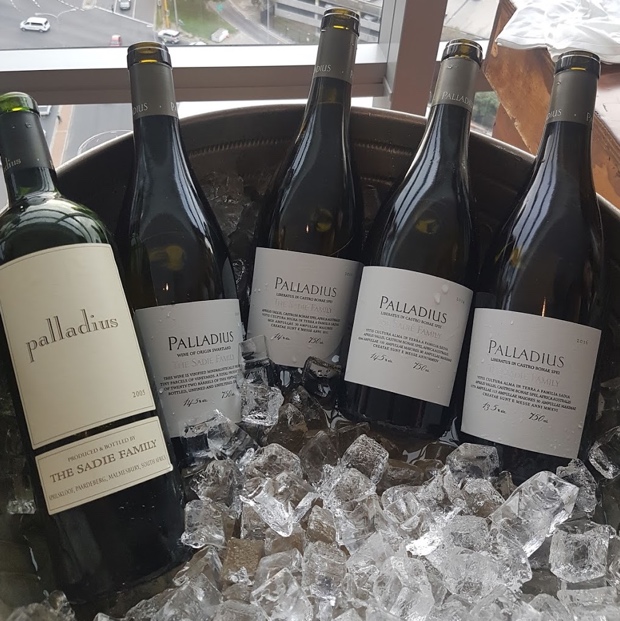
The Sadie Family Palladius 2009, WO Swartland
When talking about the 2009 vintage Eben Sadie talks of the decision to add sémillon, clairette blanche and palomino to his appellative white blend that already held chenin blanc, colmbard, grenache blanc and viognier. “To up the acidity,” aid and abet the tendencies of fleshy fruit to fatten in overripe behaviour. More than just acidity mind you, Sadie also looked to heighten the “acoustics” in a wine that was quickly becoming a major Swartland concern. Tasting this is September 2018 it can’t help but be noted how development and evolution have nearly caught up to 2005, a vintage cause and effect action no doubt. Here is the spiciest, sauciest and flat out nasty attitude Palladius, unabashed and already having done most of its living. That said the track record of these wines tells us to stay put, be patient and continue to relish the sapid, saline and ever-changing paths carved out. Drink 2018-2023. Tasted September 2018

The Sadie Family Pofadder 2017, WO Swartland
Part of Eben Sadie and family’s “Die Ouwingerdreeks,” the old vine series and a reference to either or both puff adder snakes and the small “bushman’s land” town in the Northern Cape. Can be 100 per cent cinsault though the percentage is 85 in 2017, aged in old but not Jurassic wood. The ideal, epitome and exemplar bench-land varietal wine, not to mention a pioneer in the South African paradigm shift to conscious exultation of a plan in collective commitment for varietal, heritage vine and whole cluster ferments. From granite shales (not the decomposed kind) and yet another red fruit incarnate, freshest of the fresh precision wines. Pure Cape cinsault is this, with tannin but the kind that is sweet and stretched. No bullshit here. Drink 2019-2025. Tasted September 2018
The Sadie Family Treinspoor 2017, WO Swartland
Afrikaans for “railroad,” perhaps a reference to the method of transportation that brought these European grapes to the Cape, depending on how far back tinta barocca arrived in the Swartland. In fact it was in the 1920’s and now just a bit more than 200 ha’s of this hardy, rustic, dark-skinned, early ripening and versatile red lay scattered about, accounting for two one hundredth’s of a per cent for vineyard area in South Africa. Sadie’s is a single-vineyard line running through the Darling side of Malmesbury, a cimmerian blackish red reeking of Renosterbos which is ironic because animal activists have always believed that the railroads threaten Rhino habitat. Digressions aside this is a prime example of why some might consider tinta barocca to be the future grape of Swartland. Sweetly floral and in 2017 both ways perfectly ripe. Botanicals abound, bosplante in bloom while flowers await the bees. Where this shares affinities with cinsault and grenache is in the curative and salumi aromas leading to sweet yet elastic tannins. The finish and length are expressly Swartland in nature. Drink 2020-2028. Tasted September 2018
The Sadie Family Columella 2016, WO Swartland
Red counterpart to the Sadie white signature Palladius and residing in the upper echelon of Western Cape appellative blends. Ontario lays claim to the Stratus White and Red while the Cape knows these. Allowing for some levity there is a kinship to be considered between Eben Sadie and J-L Groulx, two of the more unlikely mad scientists able to capture the lit and woke disposition of mastered assemblage. Imagine Groulx also pouring varietal shots of many different farmed varieties from the back of his pick up truck during a lawn bowl in Niagara-on-the-Lake. The full name is Columella Liberatus in Castro Bonae Spei, Latin for “liberated in the Cape of Good Hope” and as a pillar of strength Columella’s syrah, grenache, mourvèdre, cinsault and tinta barroca ascend to dramatic expression. Variegated in every respect; hue, perfume, flavour and structure, at once layered and then stratified with doric strength, able to bear the most concentrated weight. Relative acidity, fluted or grooved, wider in youth to help support and lengthen. Intensely fortified with help from the barocca, naturally and of itself, intuitively wild yet controlled. Such a focused wine one rarely comes upon. Drink 2019-2030. Tasted September 2018

The Sadie Family ‘T Voetpad 2017, WO Swartland
The “footpath” from both the Dutch (het Voedpad) and Afrikaans, also the name of Dirk Brand’s rooibos and wheat farm next to this oldest vineyard in the Kapteinskloof near Piketberg. Some say the oldest in South Africa, planted between 1920 an 1928, but others will say the first vines went in around the 1890’s through to the early 1900’s. Takes the Sadie Family “Die Ouwingerdreeks” to the farthest, most extreme reaches of the old vineyards idea. “The vines have seen it all,” tells Eben Sadie, “don’t fuck with us” is their message. “Don’t mess this up.” And so Eben co-ferments in an as is format but more importantly works at the agriculture to a point of obsession. Newer inter-plantings will go in, of sémillon, sémillon gris and palomino from massal selected material. To deal with drought cover crops will also be added between rows, all of course through an organic approach. The blend is sémillon, sémillon gris, palomino, chenin blanc and muscat d’Alexandrie, all processed together, but this is not about extreme winemaking. More like extreme farming, finding ways to keep these twisted kurktrekker and cavatappi bending vines alive for to produce their magic. The wine that emerges is all about tendencies and multiplicities of texture. The dry extract here is off the charts making it seem forcefully and fiercely tannic. Fantasy and zeitgeist just happens and the results are right there in the bottle. A remarkable wine and vintage from an isolated vineyard where drought is always a factor. Drink 2019-2033. Tasted September 2018

Abrie Bruwer, Springfield Estate
Springfield Estate Chardonnay Méthode Ancienne 2016, WO Robertson
Burgundian ode, ancient method of making chardonnay, a rare approach these days, with wild yeasts and no fining or filtration. No surprise that Springfield Estate is willing to give it a go because that’s how they roll. The plan is for deep longevity by a method akin to anti-aging serum, though 15 to 20 years would be astonishing in any case. Ground control to major tang, circuits wired tohu vavohu and a lemon custard to curd constitution that is simply merveilleux. Yes it is true that a hint of orange could turn into Cointreau after a half decade or more and the mid-palate cloud cover will continue to deliver warmth and appeal. Curious methodology plus romantic acumen equates to one of a kind. We’ll see where this goes. Drink 2019-2024. Tasted September 2018
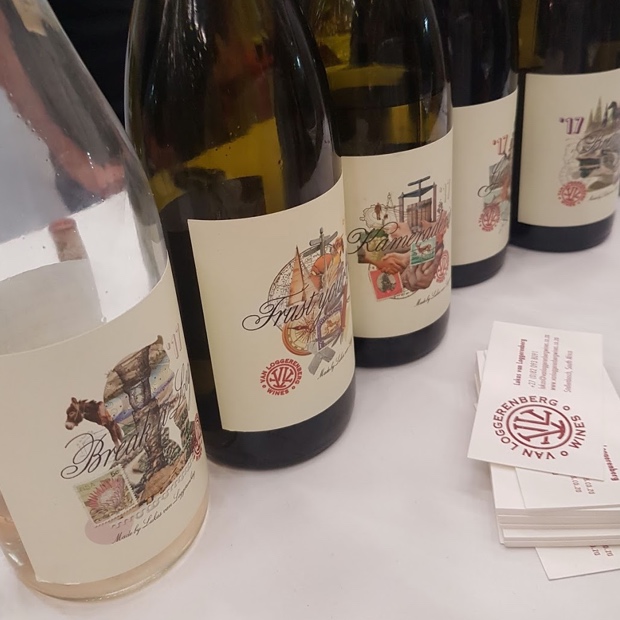
Van Loggerenberg Wines Break A Leg Blanc De Noirs 2017, WO Paarl
Often referred to as a pink wine but to choose this term to call Lukas van Loggerenberg’s 100 per cent cinsault grown on Helderberg granite would not tell the right story. Blanc de noirs is more apt but even then more detail is necessary to do it justice. Sees nine months of lees time, “to remove the tutti frutti,” snarks van Loggerenberg, without jest but can you really know when he’s being serious? Leaves the arena of the Rosé absurd and settles at a hue of proper B de N colour, as if that really matters. Saltiness is the thing, the granite kind, the sort to set your eyes ablaze and your heart to rest. Not really a wine about texture, though there is plenty, but that’s not the goal. Anything but sweet and a wresting away from norms into a matter of reckoning. And all about five knee surgeries, something the winemaker and the critic know all about. Drink 2018-2021. Tasted September 2018
Van Loggerenberg Wines Chenin Blanc Trust Your Gut 2017, WO Western Cape
While there are wines in Lukas van Loggerenberg’s world that travel down the kamikaze viaduct, Trust Your Gut is not one of them. In fact there is a normalcy, a recognizable structure and an older Euro soul to the way this chenin blanc acts and feels. Sees 10 months sur lie in old French oak but no bâttonage, nor malo neither. Three zones bring the fruit; 45 per cent each Stellenbosch and Swartland plus 10 from Paarl. Take chenin blanc and treat it like a Villages wine by imagining Loire aromatics merging with Chablis texture. This my friends is a classic example of amalgamated Western Cape chenin style. There is irony in the name and no shocker there. Drink 2018-2022. Tasted September 2018

Early springtime in Cape Town
Van Loggerenberg Wines Cinsault Geronimo 2017, WO Western Cape
Geronimo is 100 per cent cinsault, 60 per cent from Stellenbosch and 40 “Break a Leg” Paarl. The get together finds energy that one without the other would not find “because cinsault doesn’t have high natural acidity,” explains Lukas van Loggerenberg, “it is a very good indicator of vintage.” The 2017 is, wait for it, 80 per cent whole bunch and while that is a factor of the Western Cape’s ripen anything, anywhere, anytime great advantage, it’s still an impressive strategy no matter where you are making wine. Spends nine months in barrel and comes out smelling like roses, candied petals mainly but other florals, hibiscus and such. A handsome cinsault to be sure and one that will take precious time to unwind, great acidity or not. Like the red Cape equivalent of white friulano in Collio, sneaky long and structured. Drink 2018-2024. Tasted September 2018
Van Loggerenberg Cabernet Franc Breton 2017, WO Stellenbosch
A more than obvious ode to the Loire Valley, 100 per cent cabernet franc bearing the old world varietal name. Fruit drawn from Stellenbosch’s decomposed granite soils gets the 60 per cent whole bunch treatment, followed by 11 months in barrel. Transparent as cabernet franc is the understatement, open wide, ease of alcohol at 12.8 per cent and in delivery for the rapture of being alive. Lots of verdant tones but nary a green tannic moment. Seems like the beginning of a beautiful friendship so the future too is wide open. Drink 2018-2020. Tasted September 2018

Sheree Nothnagel
Wildehurst Velo White 2016, WO Swartland
A testament to non-pareil, Cape appellative white blend equanimity, of colombard, grenache blanc and viognier, 33 of each, give or take one per cent. Only the viognier is barrel fermented though the equilibrium os never compromised. Intensely herbal, of a nose uncanny in its fynbos reek, lovely glycerin texture, again balanced and knowing the place it wants to be. Acid structure travels though in a pas trop travaillé, no trouble way. Drink 2018-2021. Tasted September 2018
Wildehurst Chenin Blanc 2017, WO Swartland
Barrel fermented and six months matured, 100 per cent chenin blanc, acting as if freshly spiced and in Cape terms, a really chewy white wine. Counterbalanced by a leanness in vintage while wound tight, just now perhaps beginning to unwind in repeat of its specific refrain. Acid structure makes up the lyrical couplets, sung again and again, as a reminder that fruit and wood will always align and submit to the citrus rhyme. Almost feels like still perlage and chenin blanc like this is very much a string of pearls, inclusive of tannins in long chains. Helps to explain the success of Wildehurst’s Méthode Cap Classique. Drink 2019-2024. Tasted September 2018

Wildehurst Red 2014, WO Swartland
A blend of shiraz, grenache, mourvèdre, viognier and cinsault, aged in old French barrels for 18 months. Like the solo cinsault but an even more held back and hard to crack the savoury and sweet candied shell. Both elements emerge with good agitation, first the sweet variegate of red fruit and then the brushy and dusty fynbos bushiness, here acting as an energizer for equal opportunity. Spills over with that Wildehurst acid-tannin continuum as all the wines take their time to ready, pivot in the glass and then speak of their age ability going forward. Big bursts are all power and no cake. Rich yet elastic and surely capable of going deep. Drink 2019-2025. Tasted September 2018
Wildehurst Cinsault 2017, WO Swartland
Just two barrels were found to be extraordinary and thus pulled by Sheree Nothnagel, away from the red blend and into this solo album. Quite the richly emulsified and ropey red fruit cinsault and while it follows along the varietal Swartland thread the differences are as great as they are to the party’s similarities. That is due in respect to the Wildehurst style, tighter and more acid-structure intense, higher-toned and less in the meaty-salumi-curative vein. Still possessive of that red as red can be fruit but here more akin to barbera or sangiovese from high altitudes and limestone soils. There must be something about Koringberg and the other Swartland sites that bring a special je ne sais quoi to Joanne Hurst’s wines. Maybe in thanks to Swartland shale, granite, silcrete and alluvium Renosterveld. Who does not love the smell of Renosterveld in the morning? Drink 2019-2027. Tasted September 2018
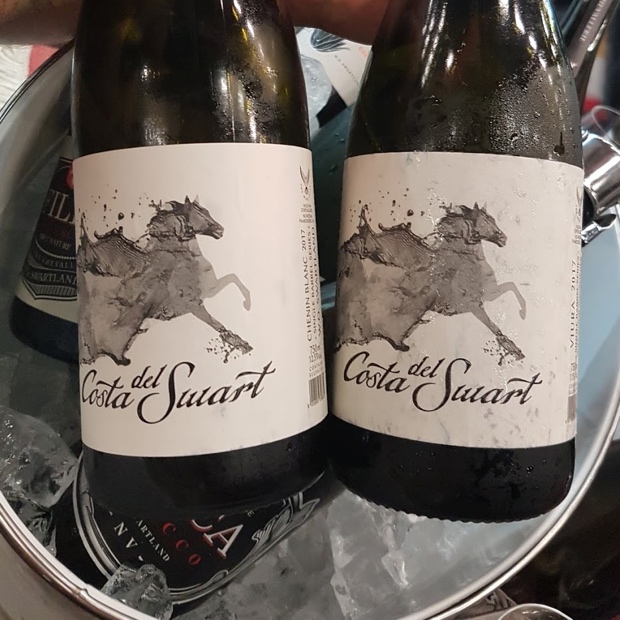
The Wine Thief Costa Del Swart Viura 2017, WO Voor Paardeberg
From the Western Cape’s chameleon of a region where anything goes and all things are considered. Case in point this viura of Spanish roots as part of the single barrel series. Surely Swartland specific (as opposed to Paarl), 100 per cent viura and only 180 bottles produced. Less alchemy and more herbology, but flinty, sharp and exciting. Direct, full of fun and even a bit waxy, with a riesling or sémillon feel that can only mean some petrol in its future. So much citrus gets ya in the end. Drink 2018-2022. Tasted September 2018
Good to go!
godello

Twitter:
Instagram: mgodello
WineAlign

